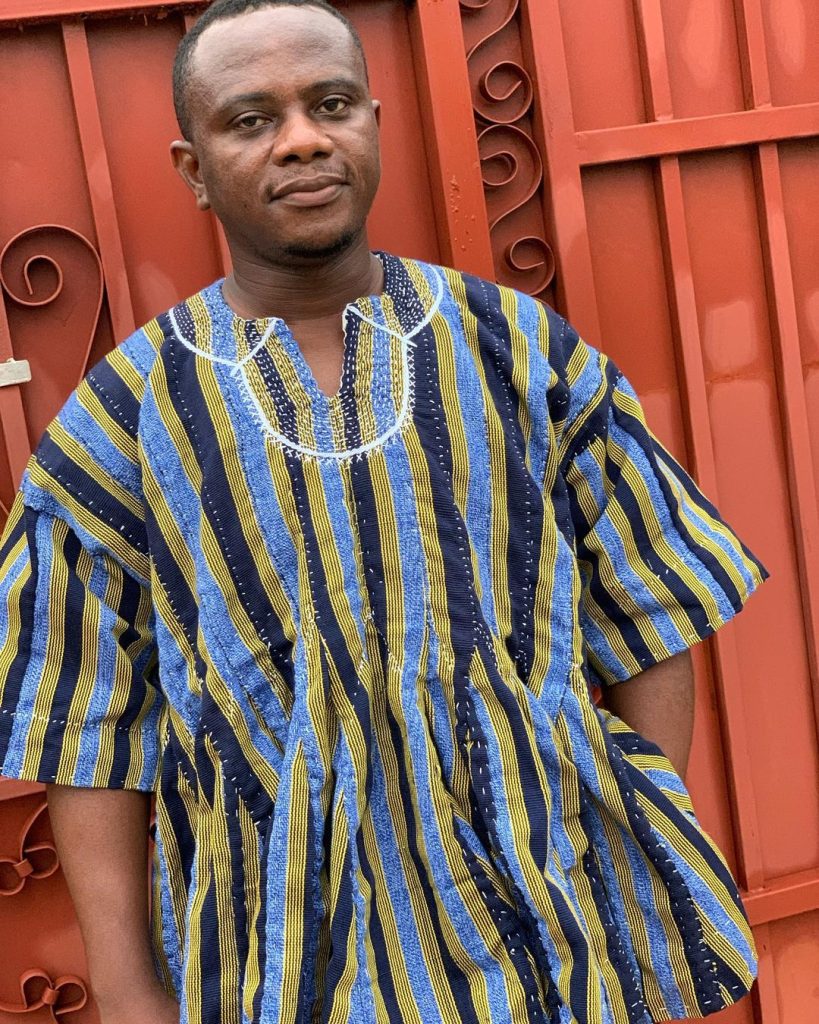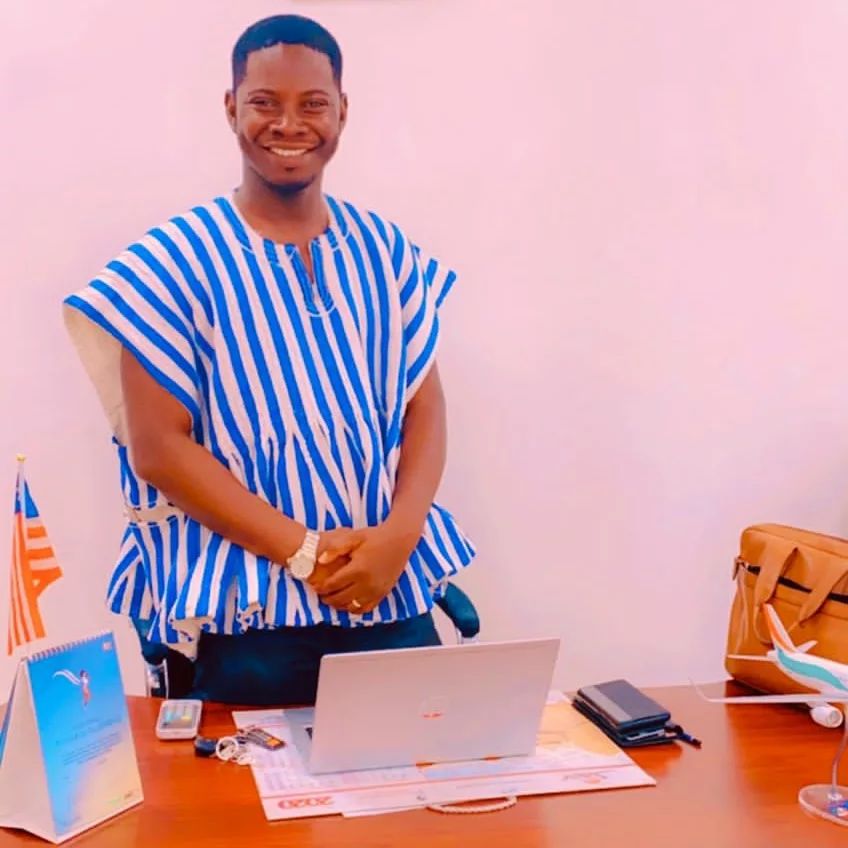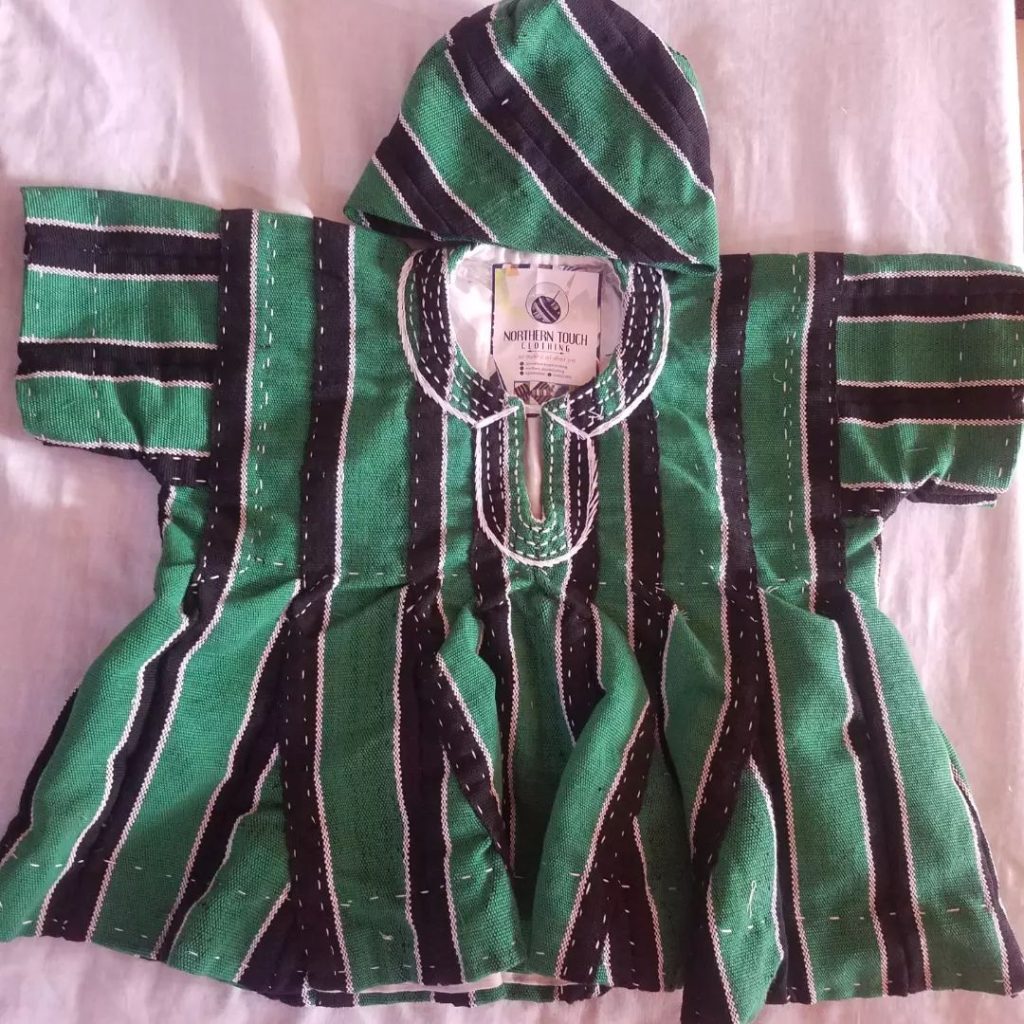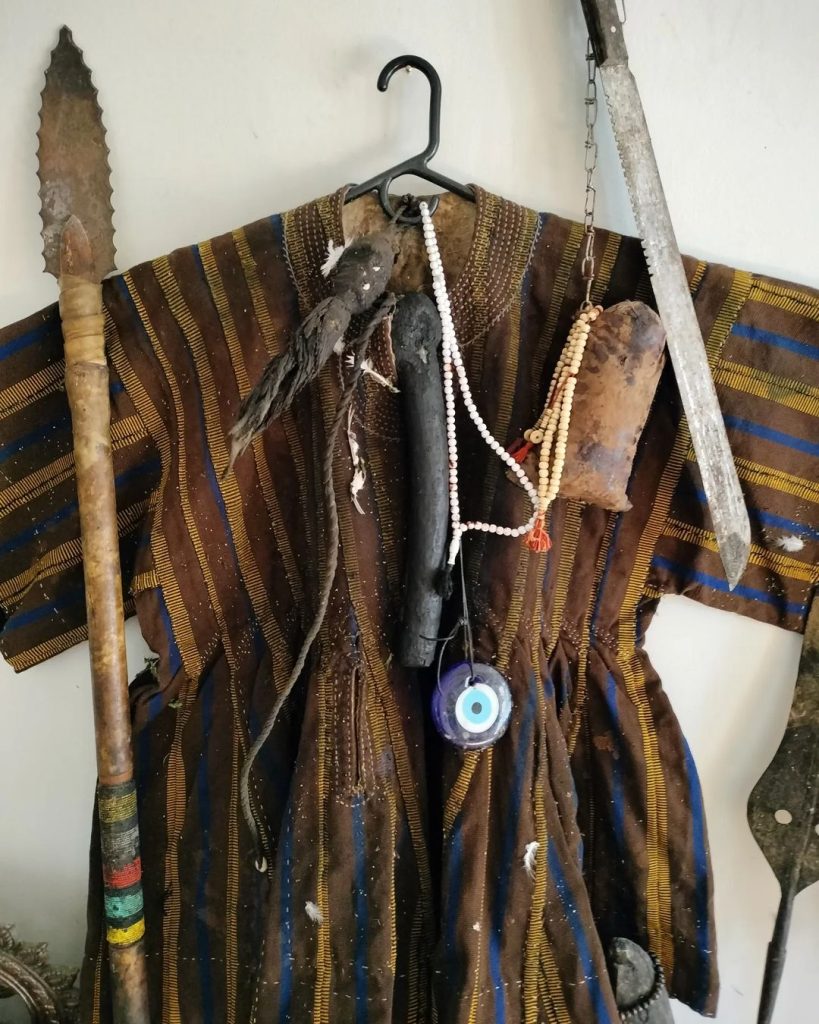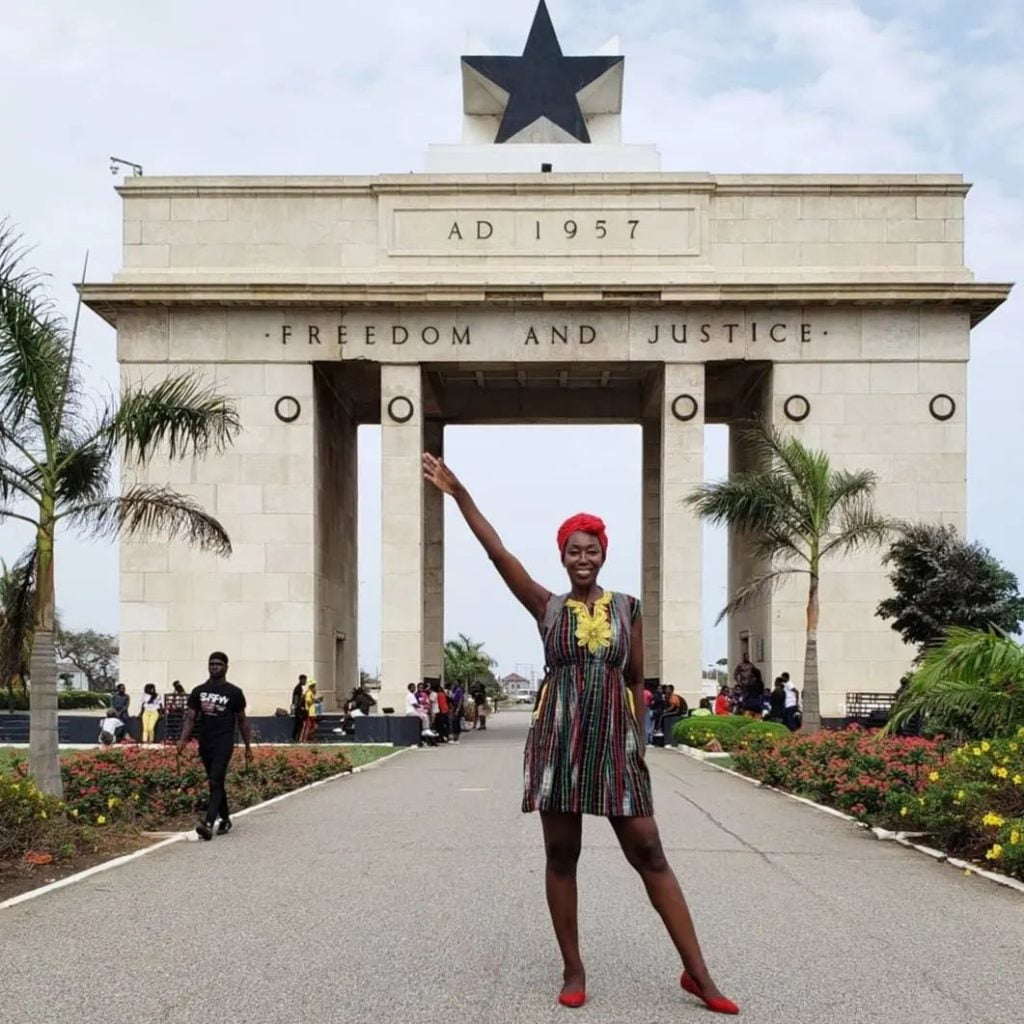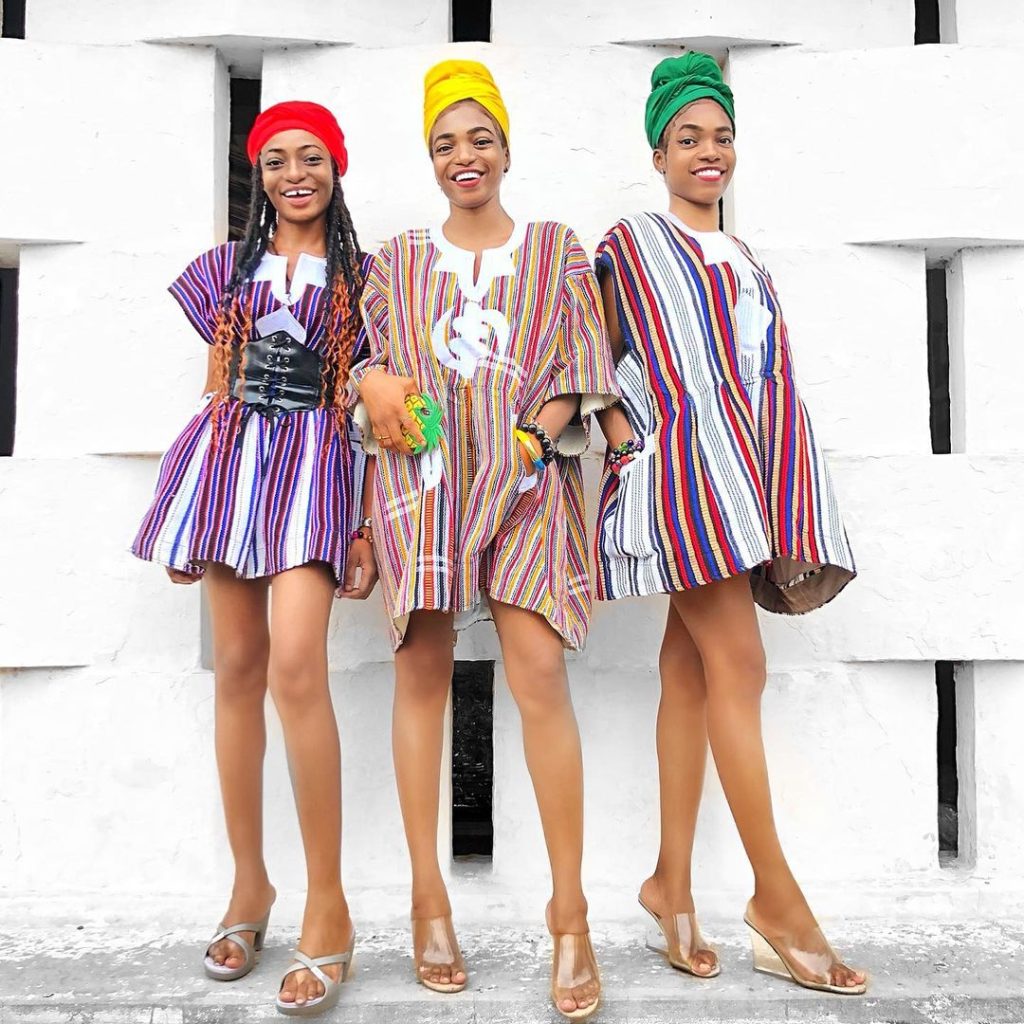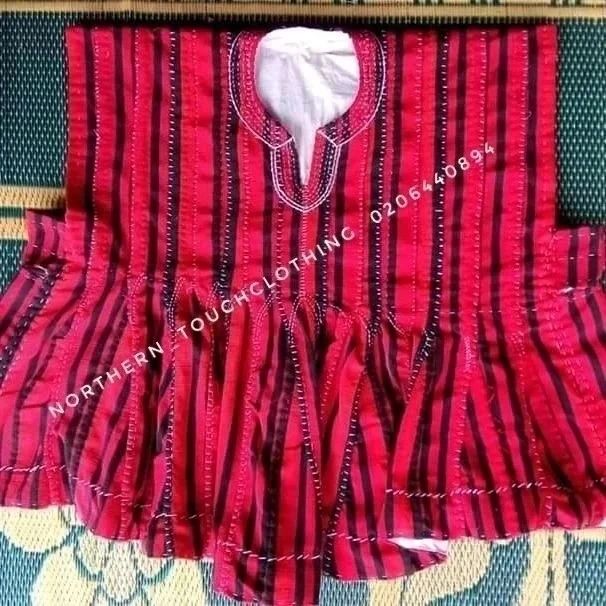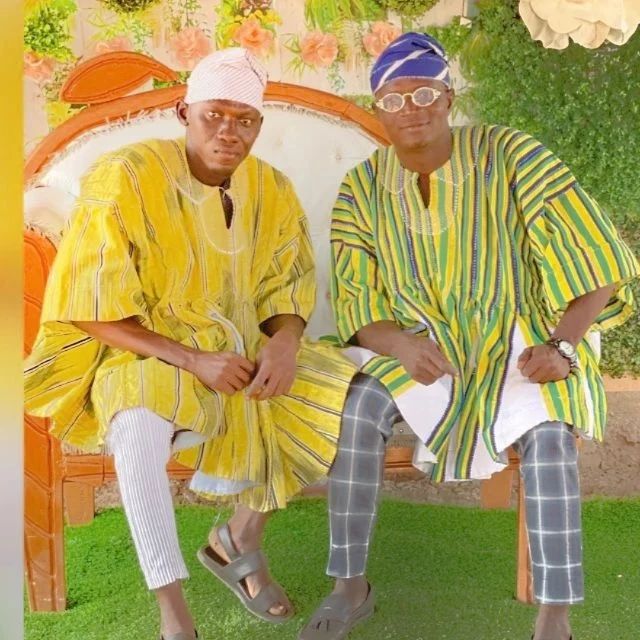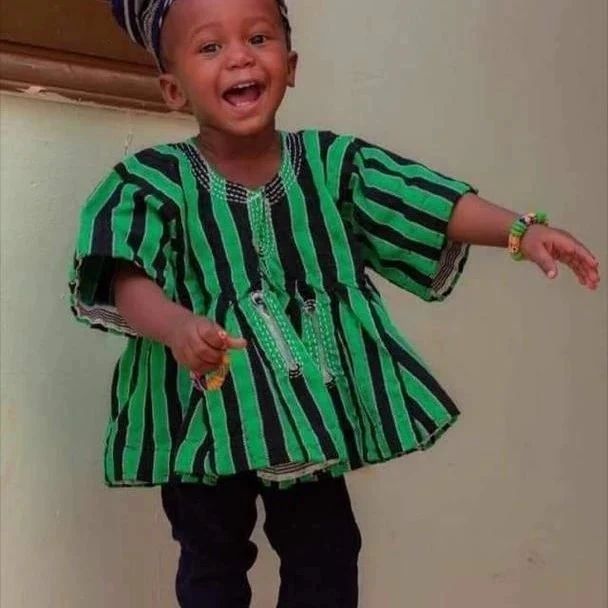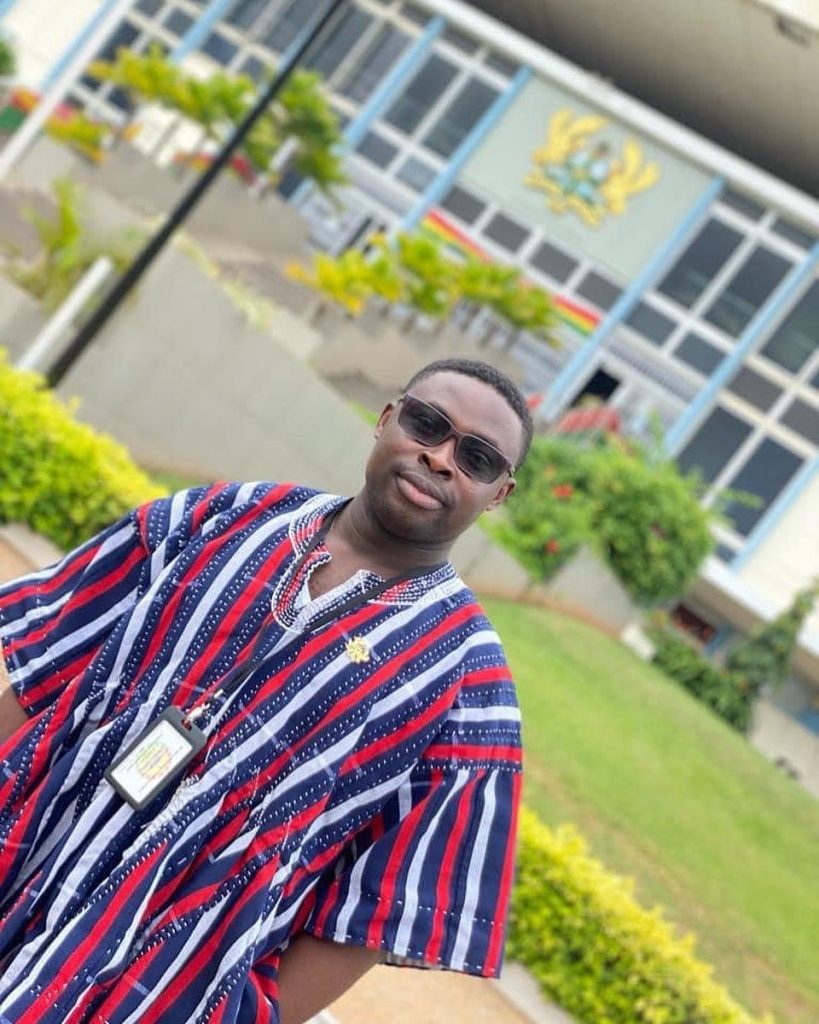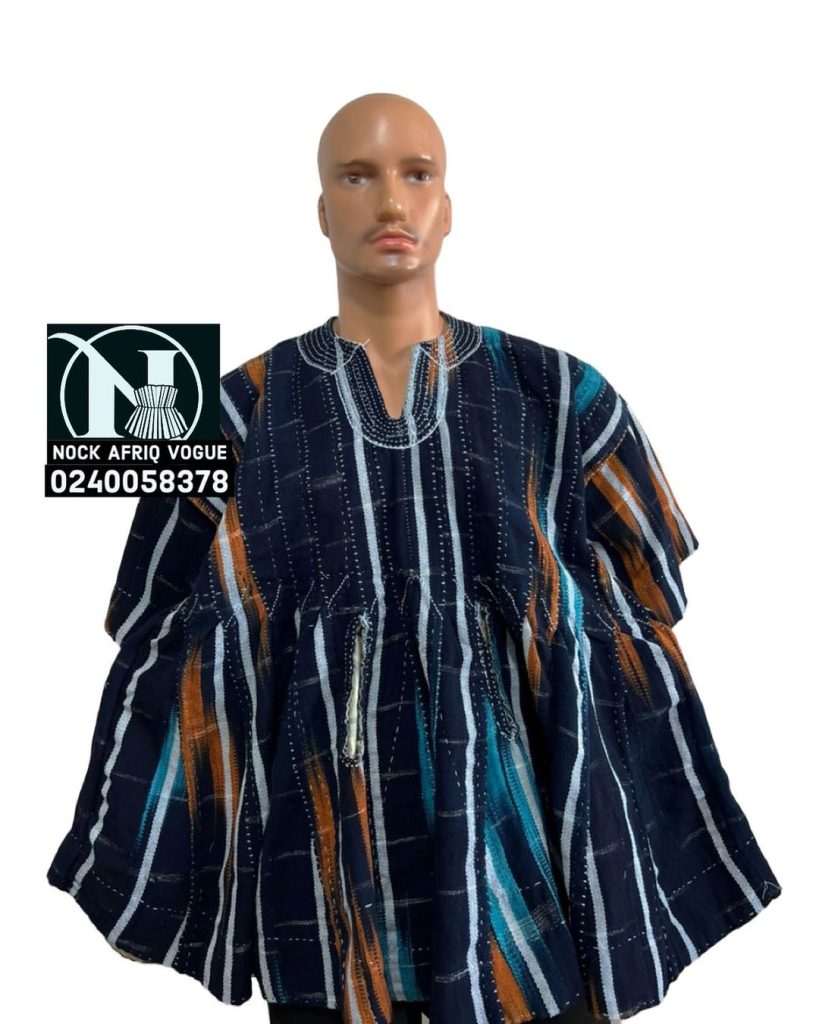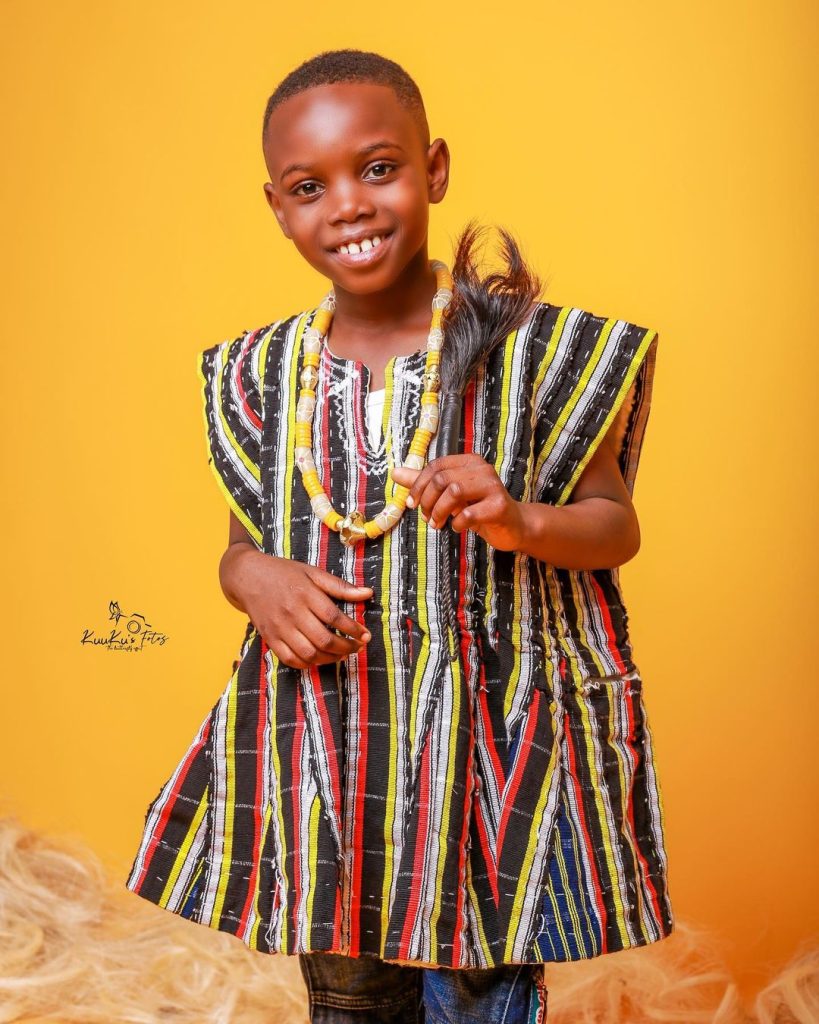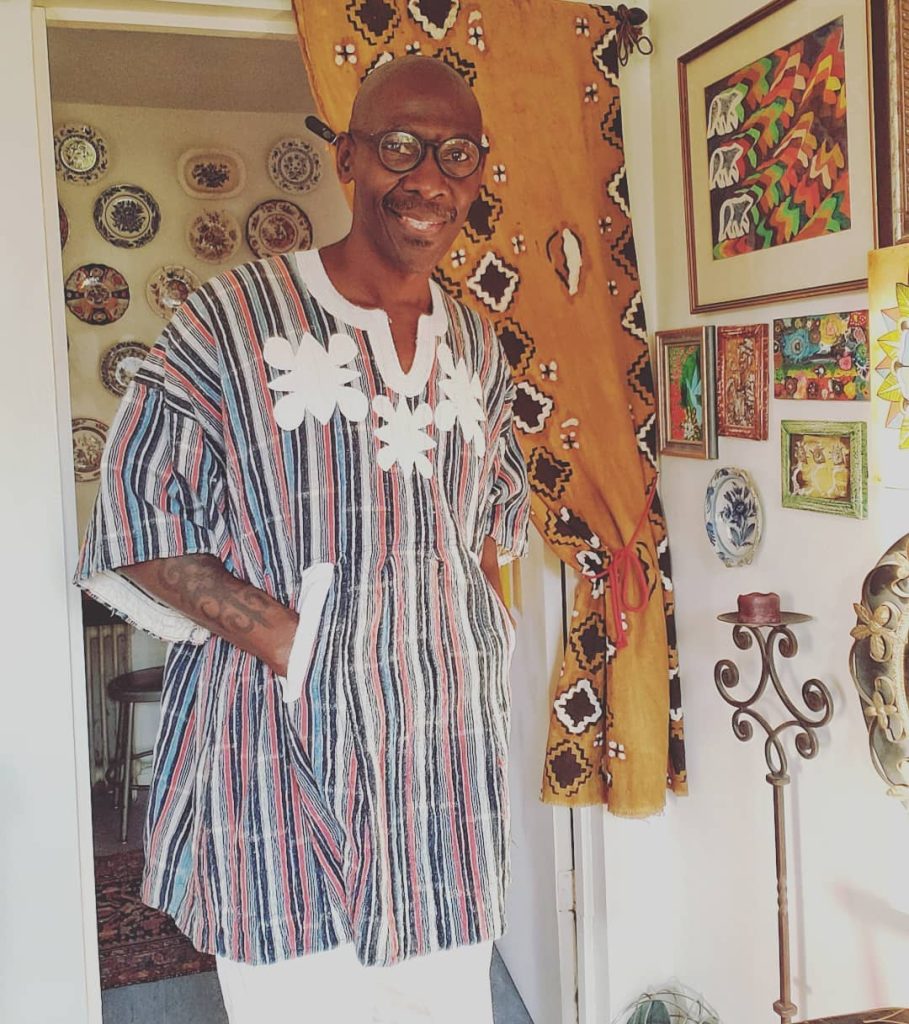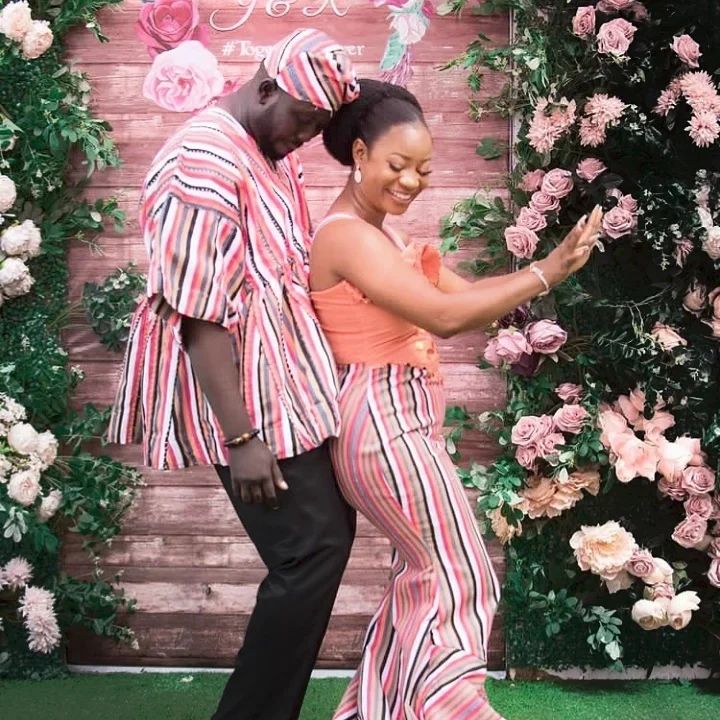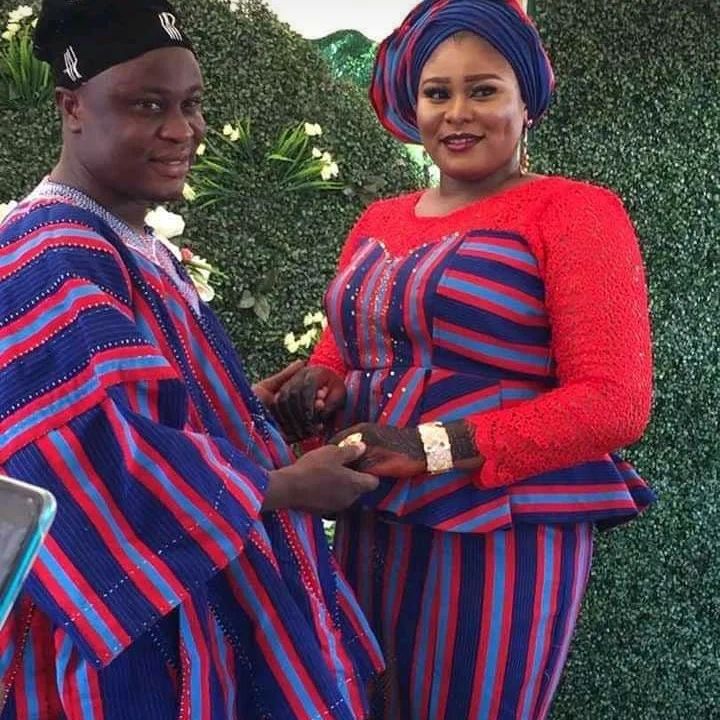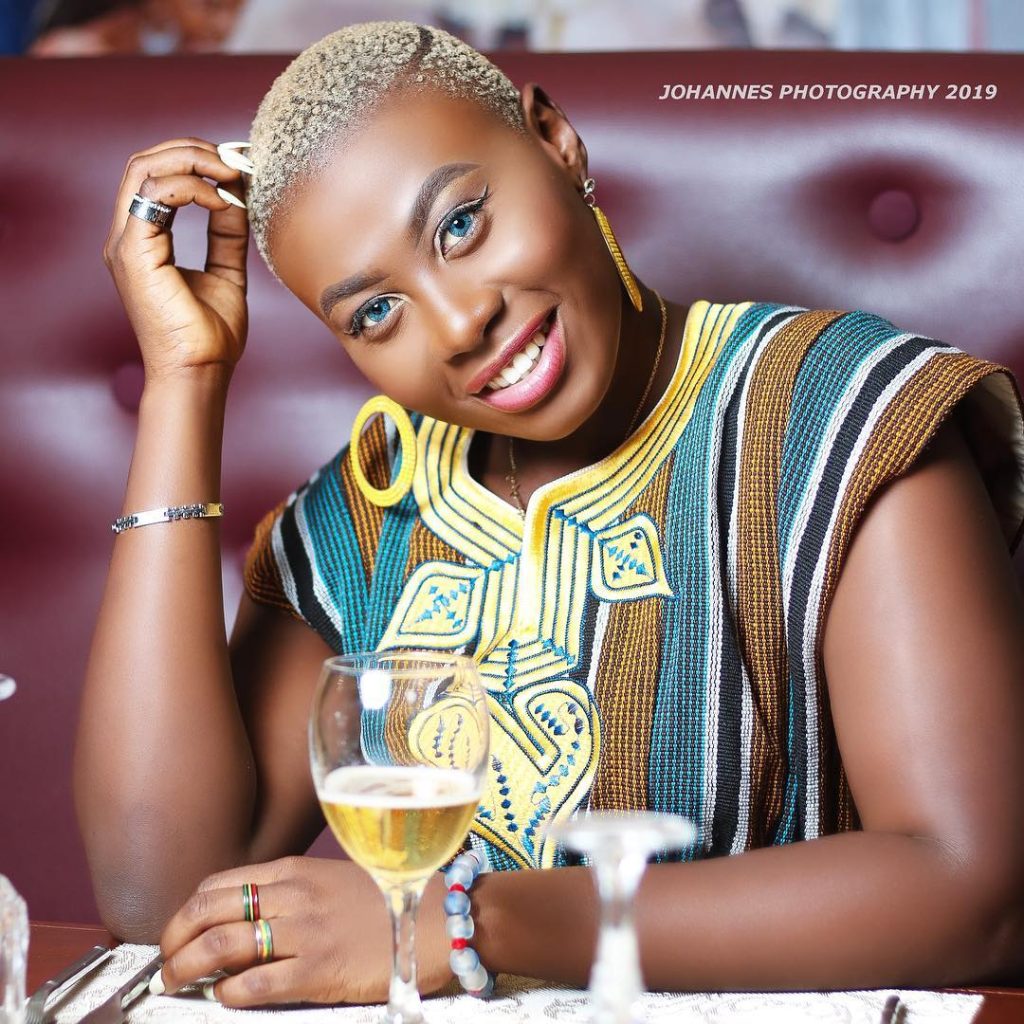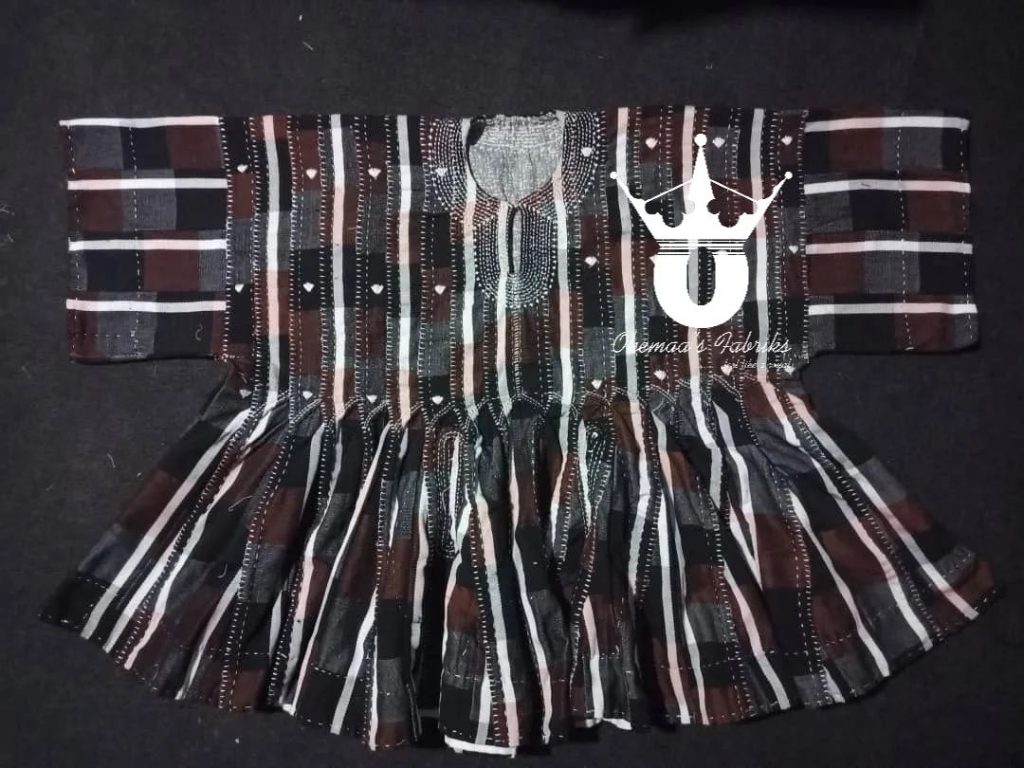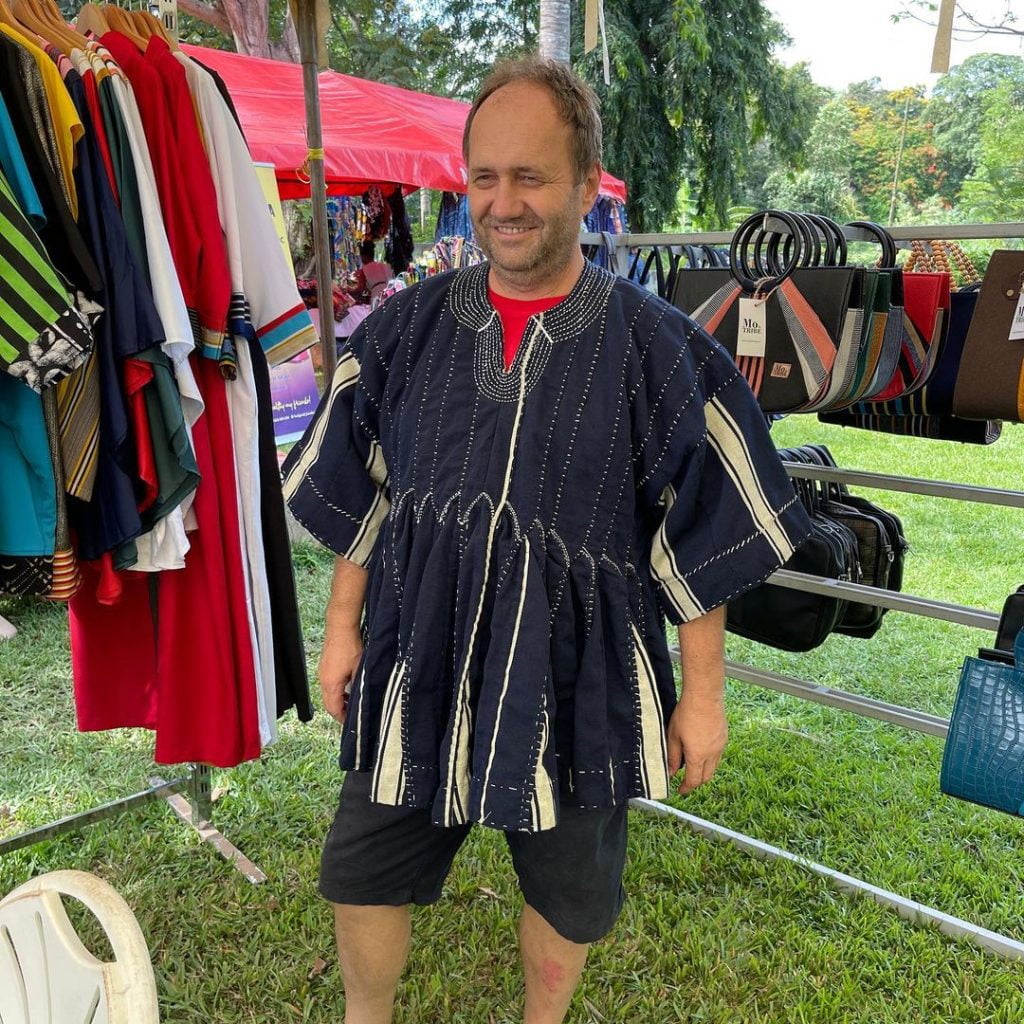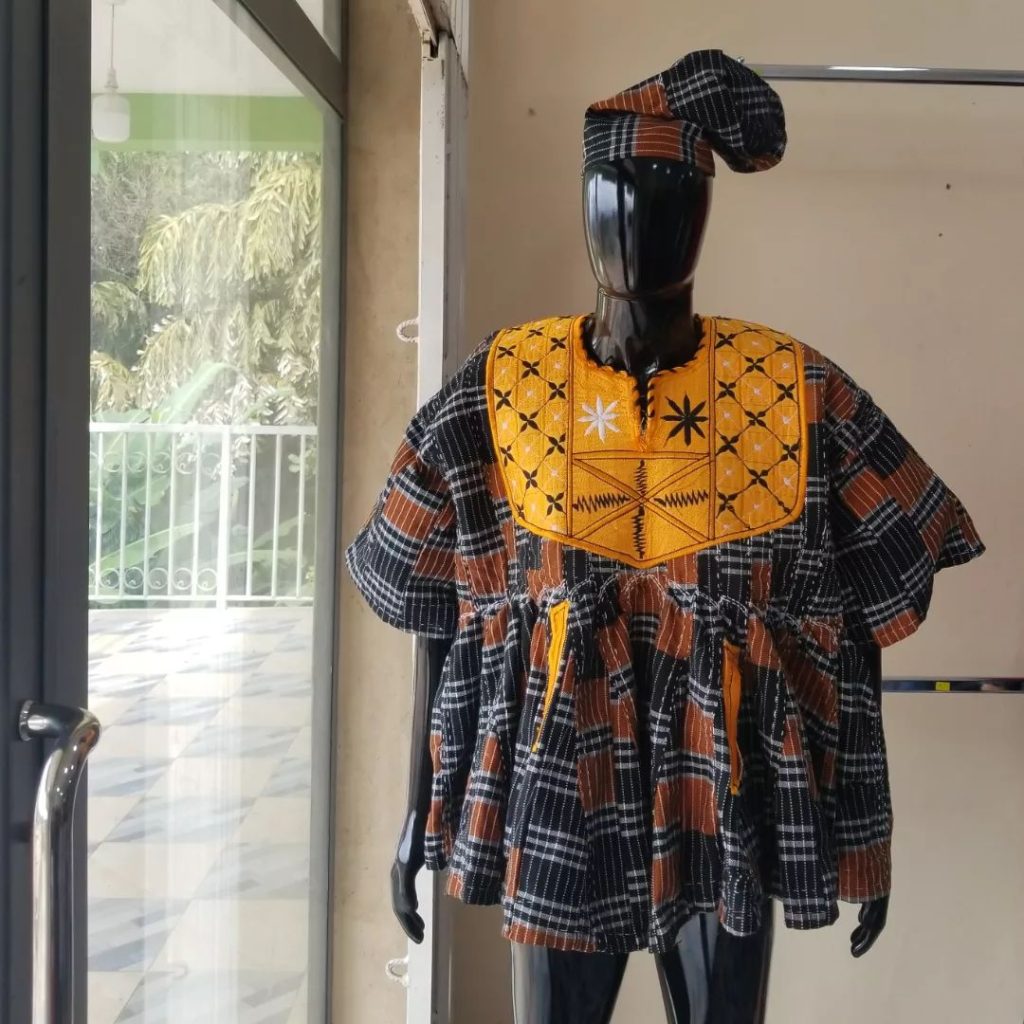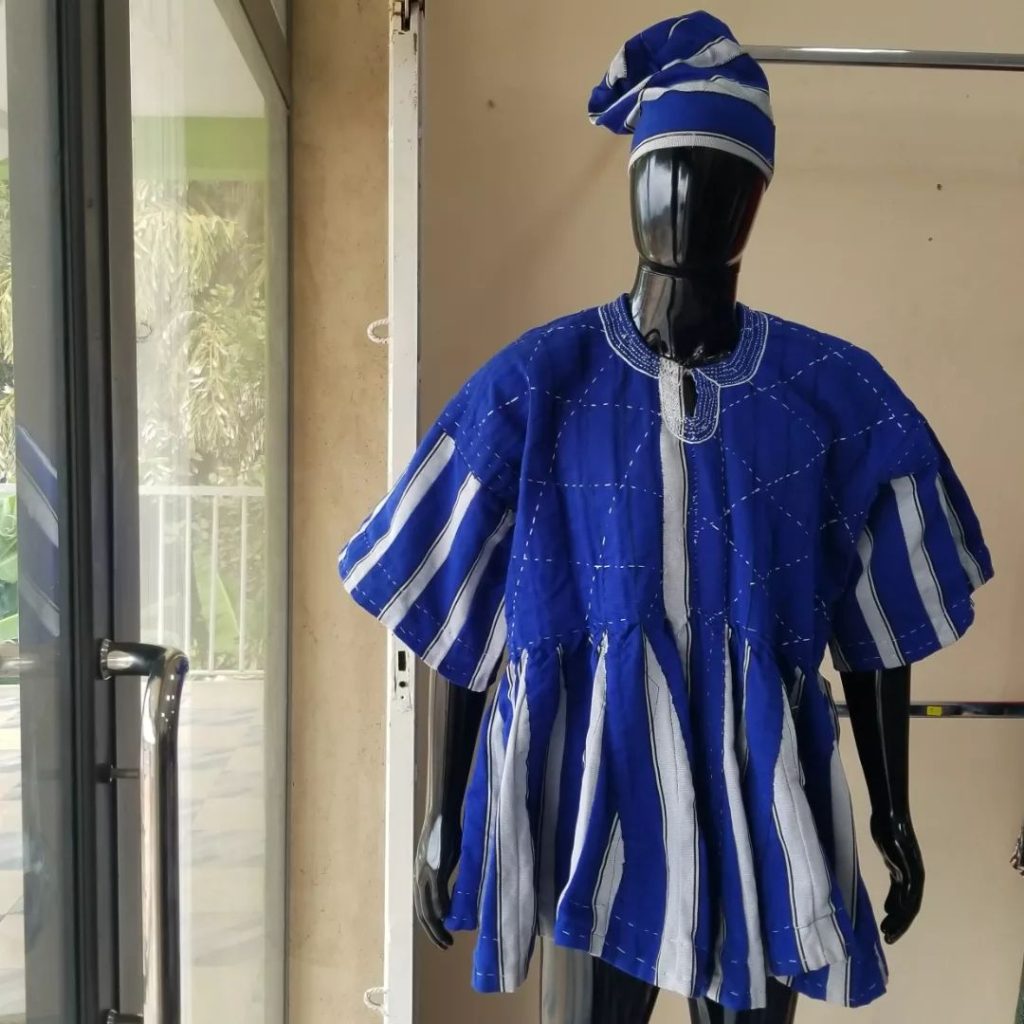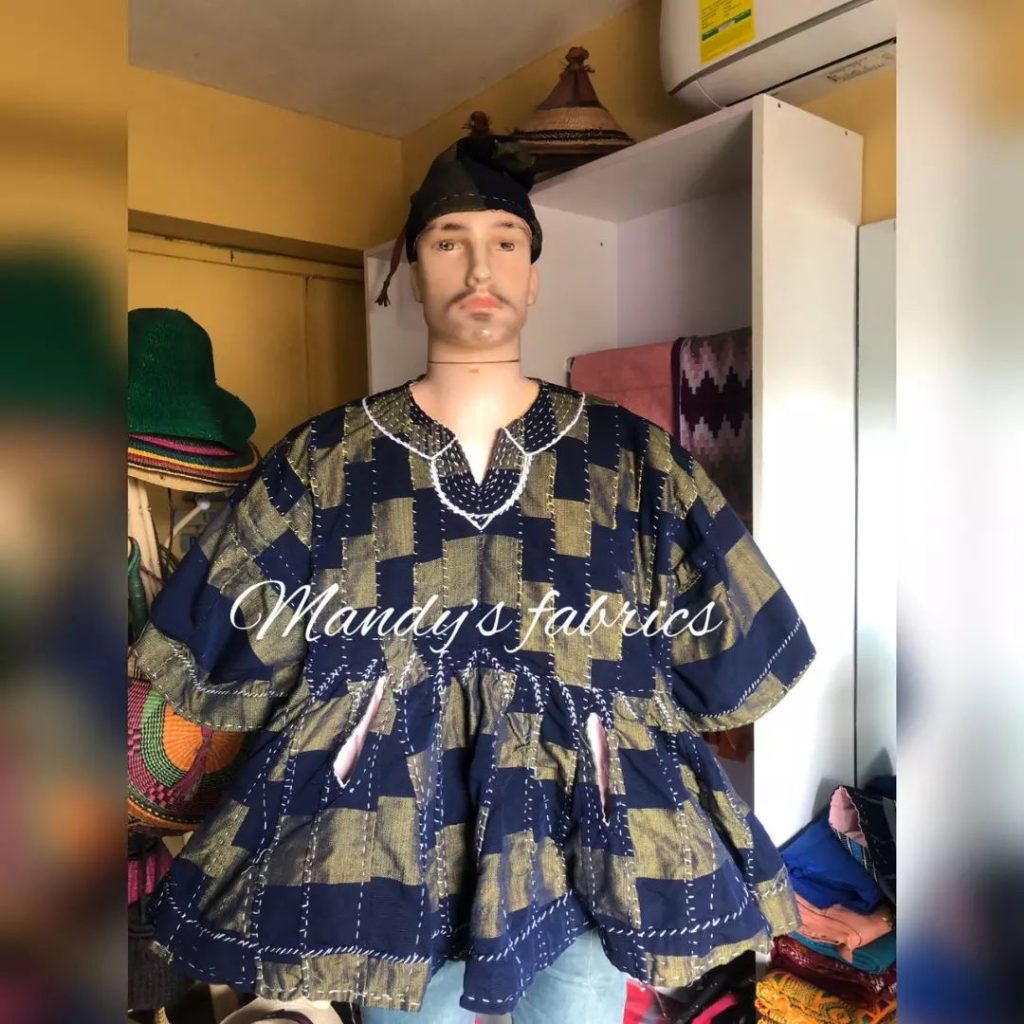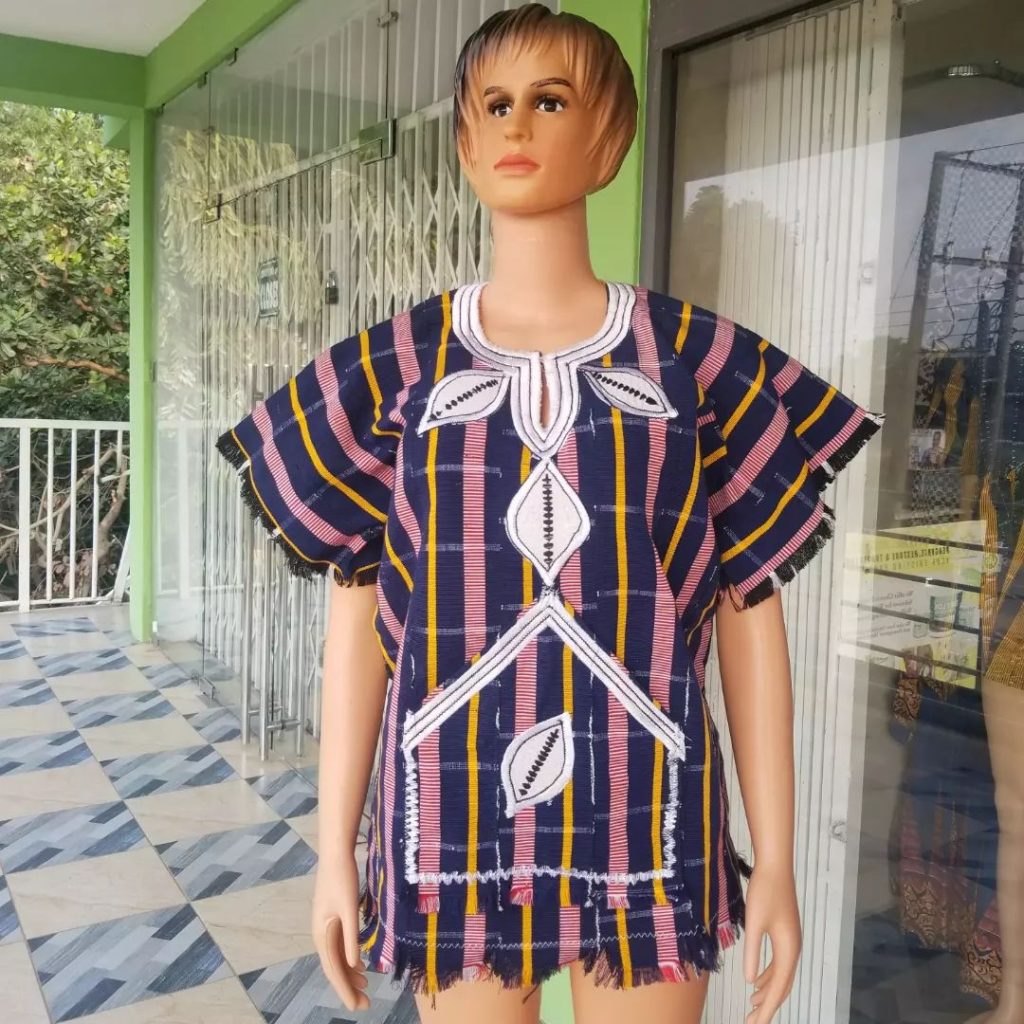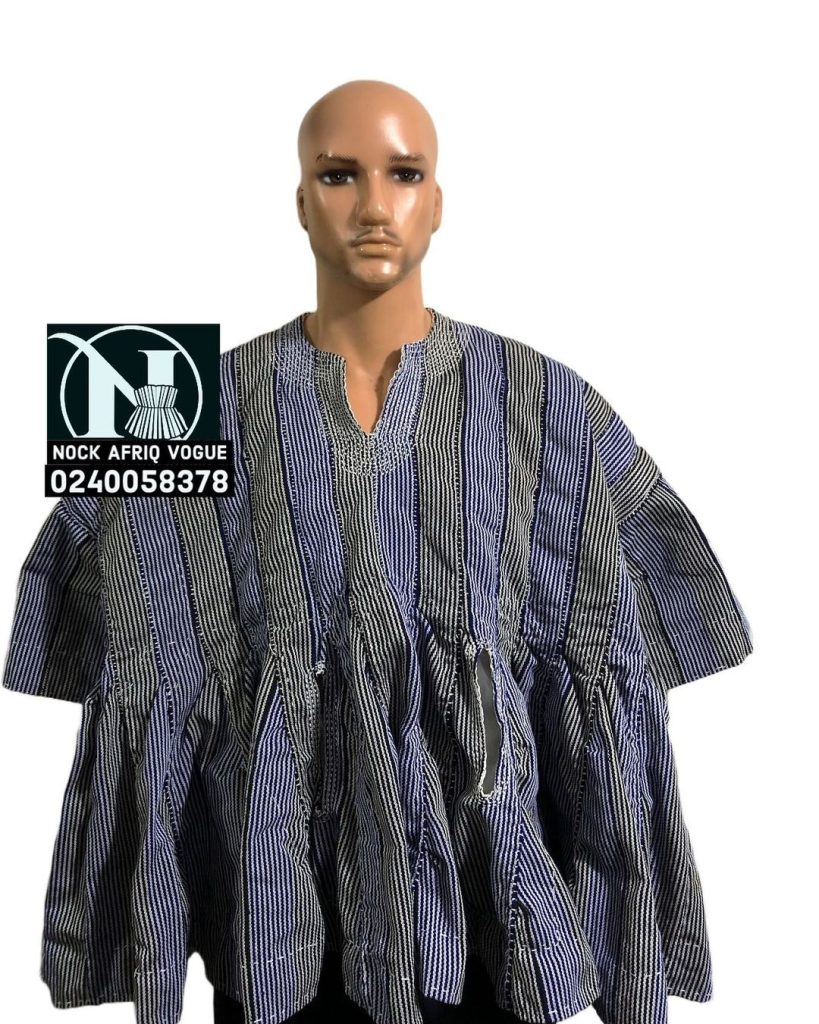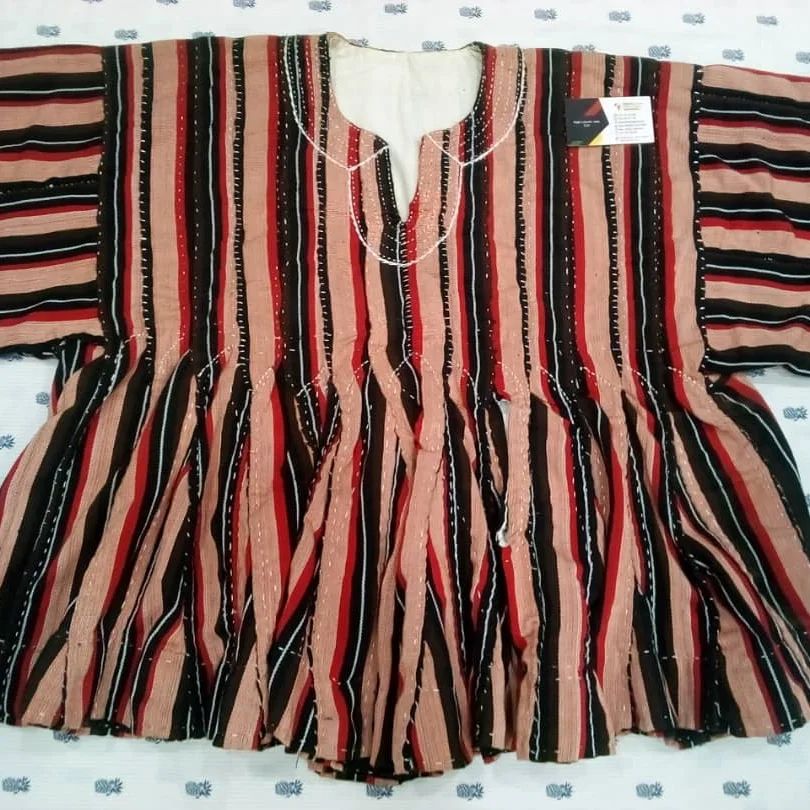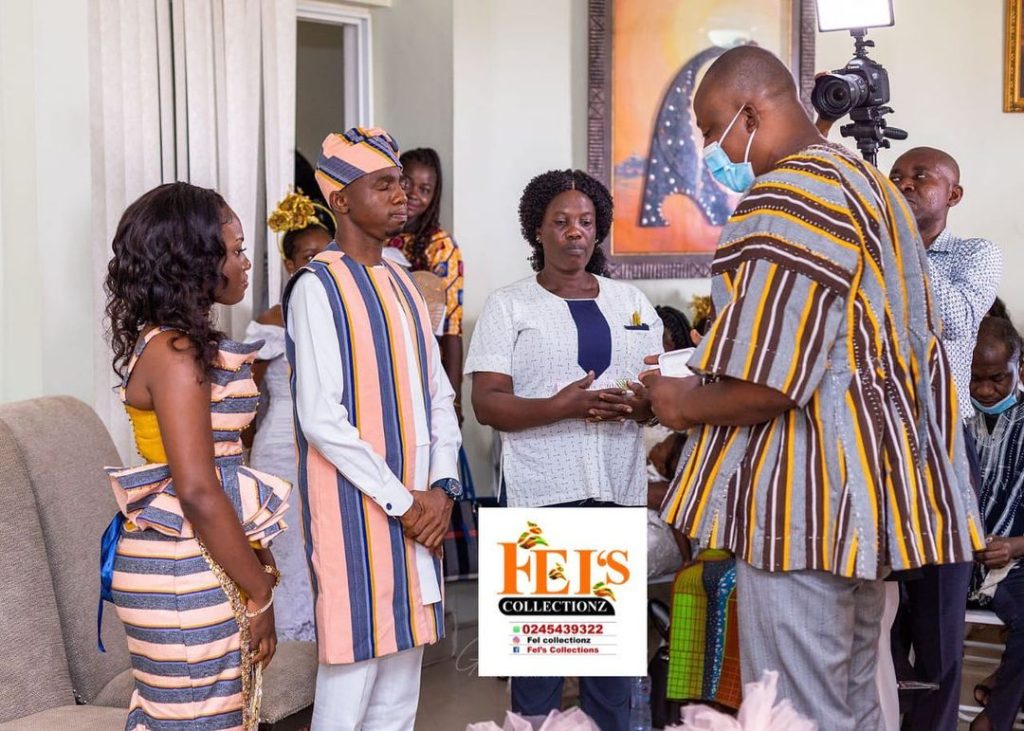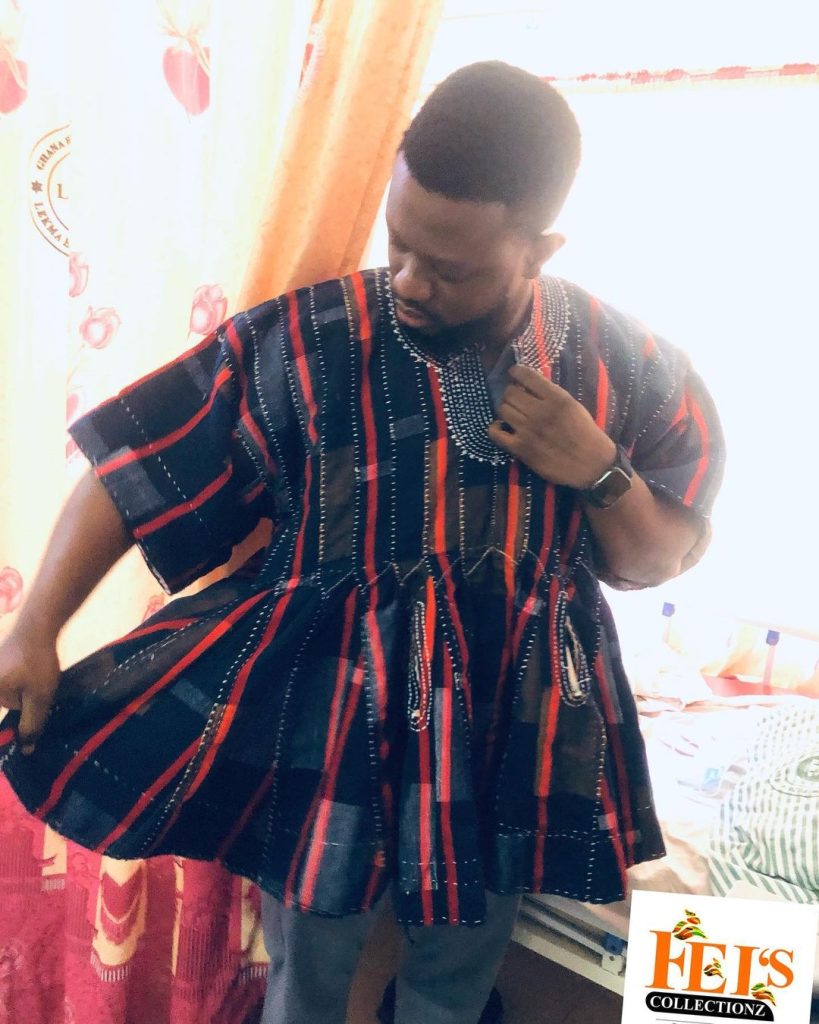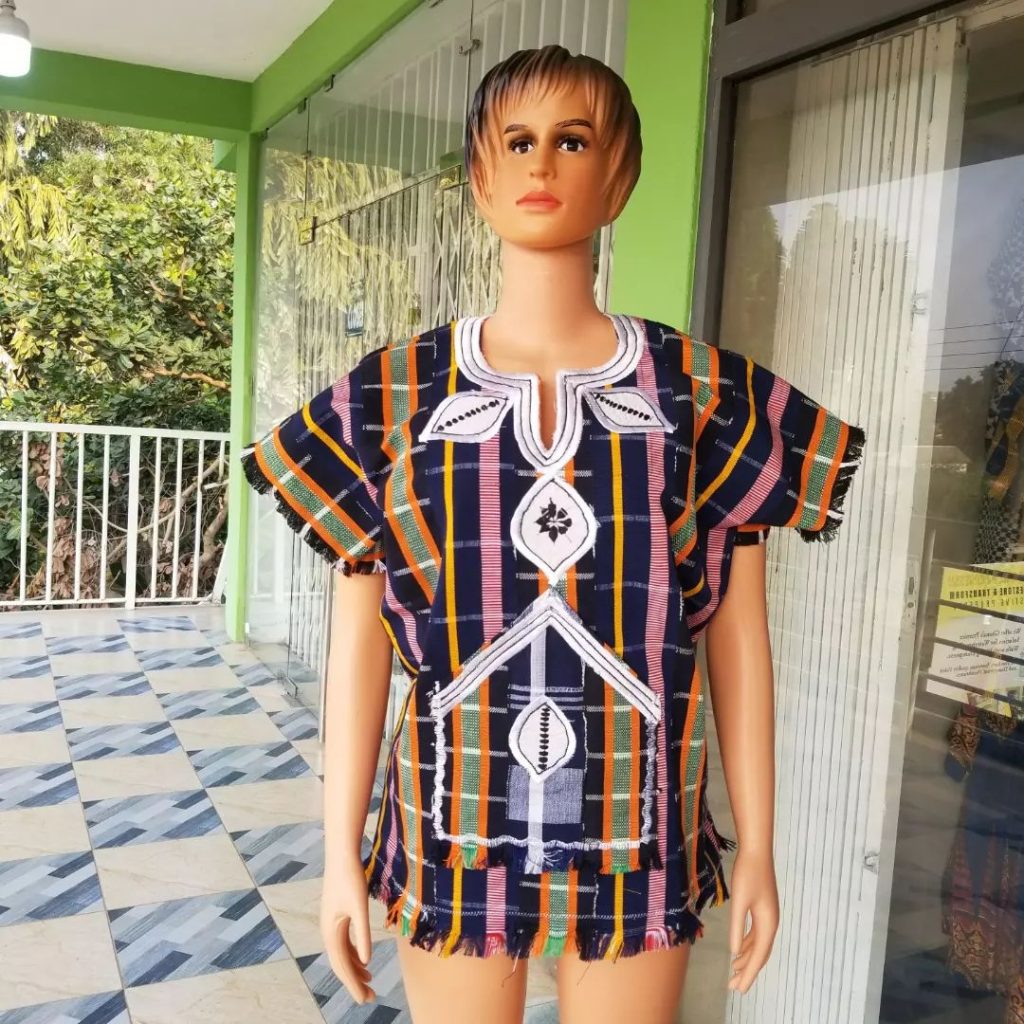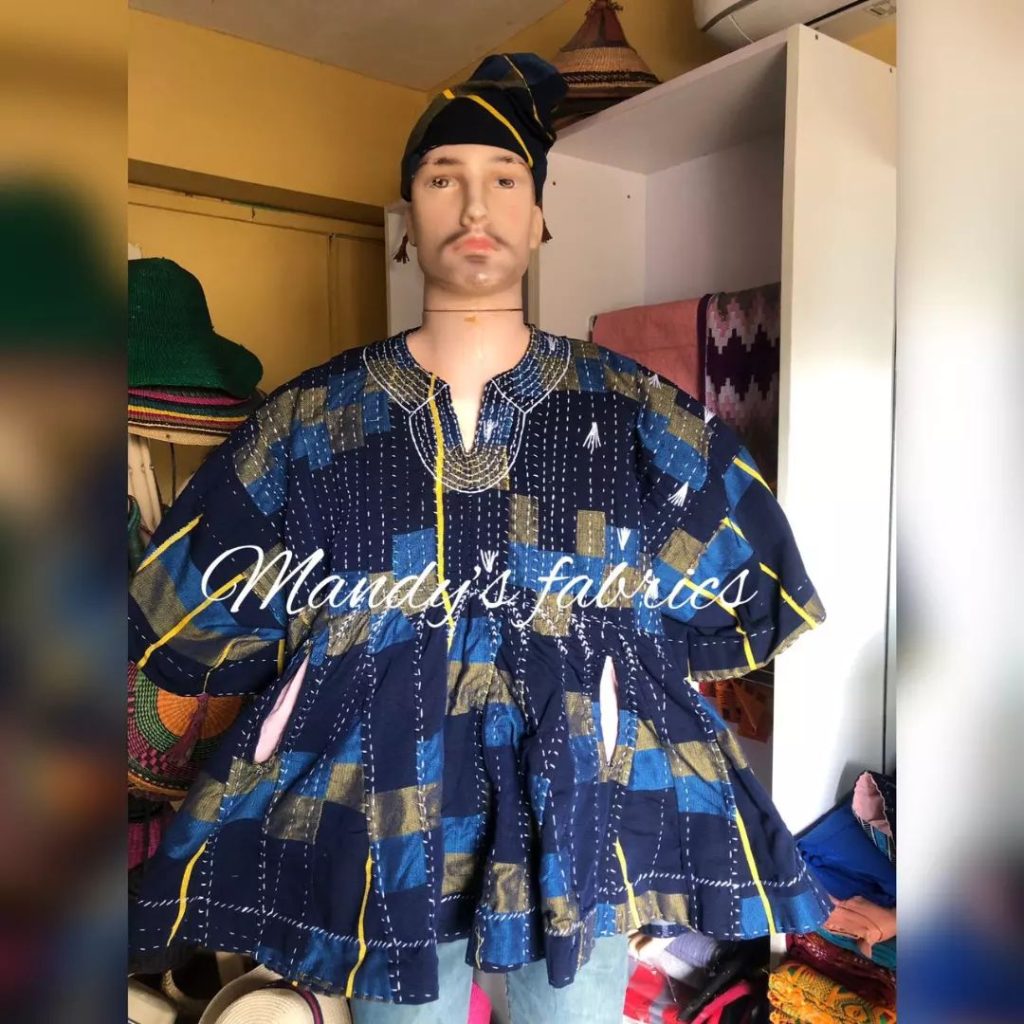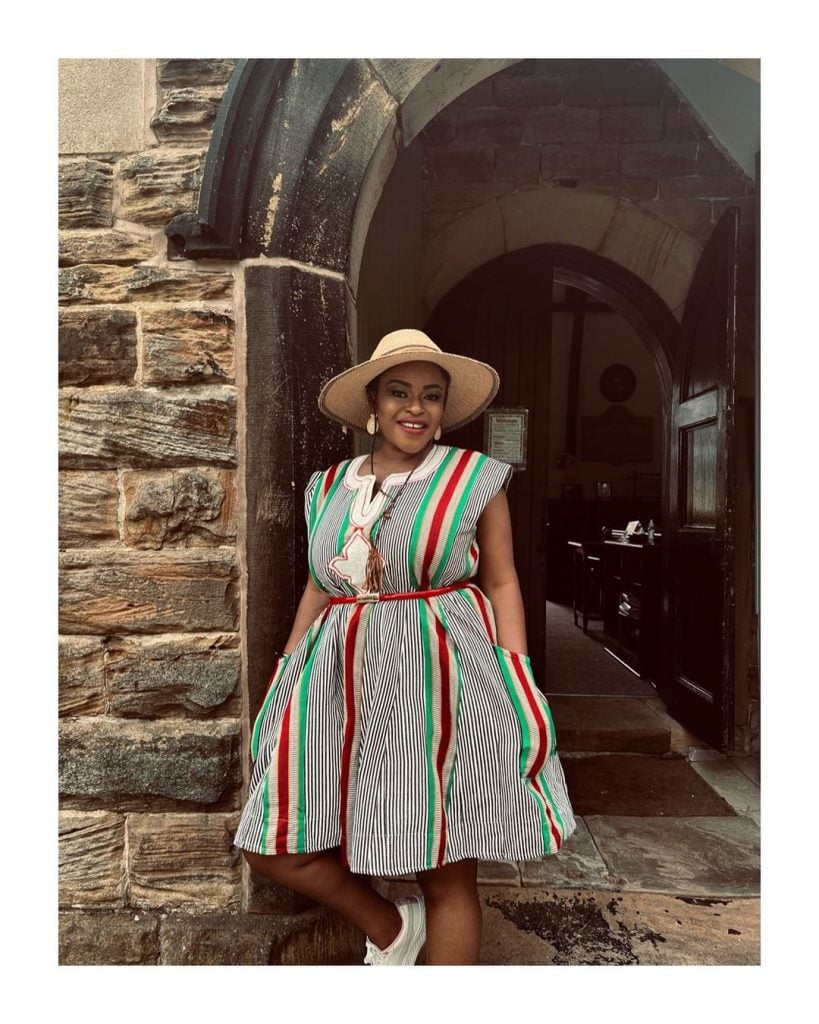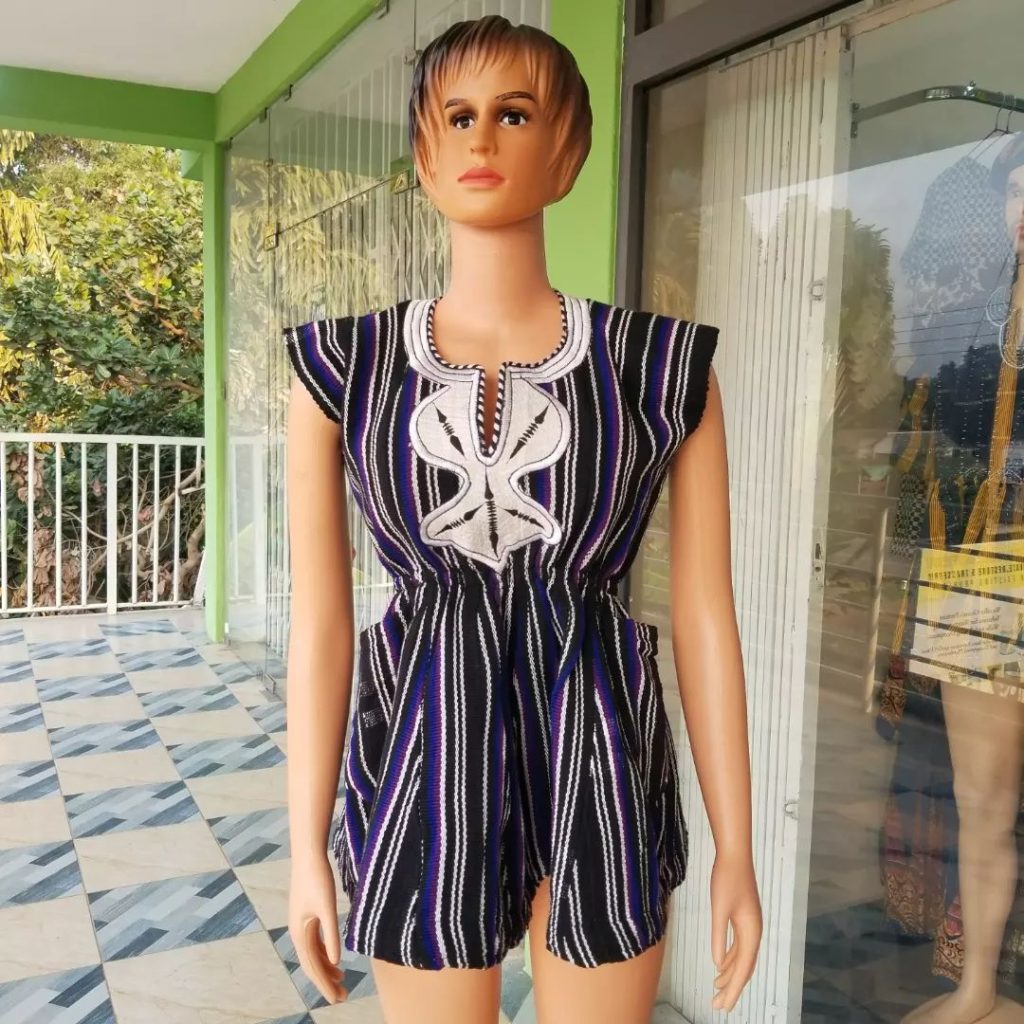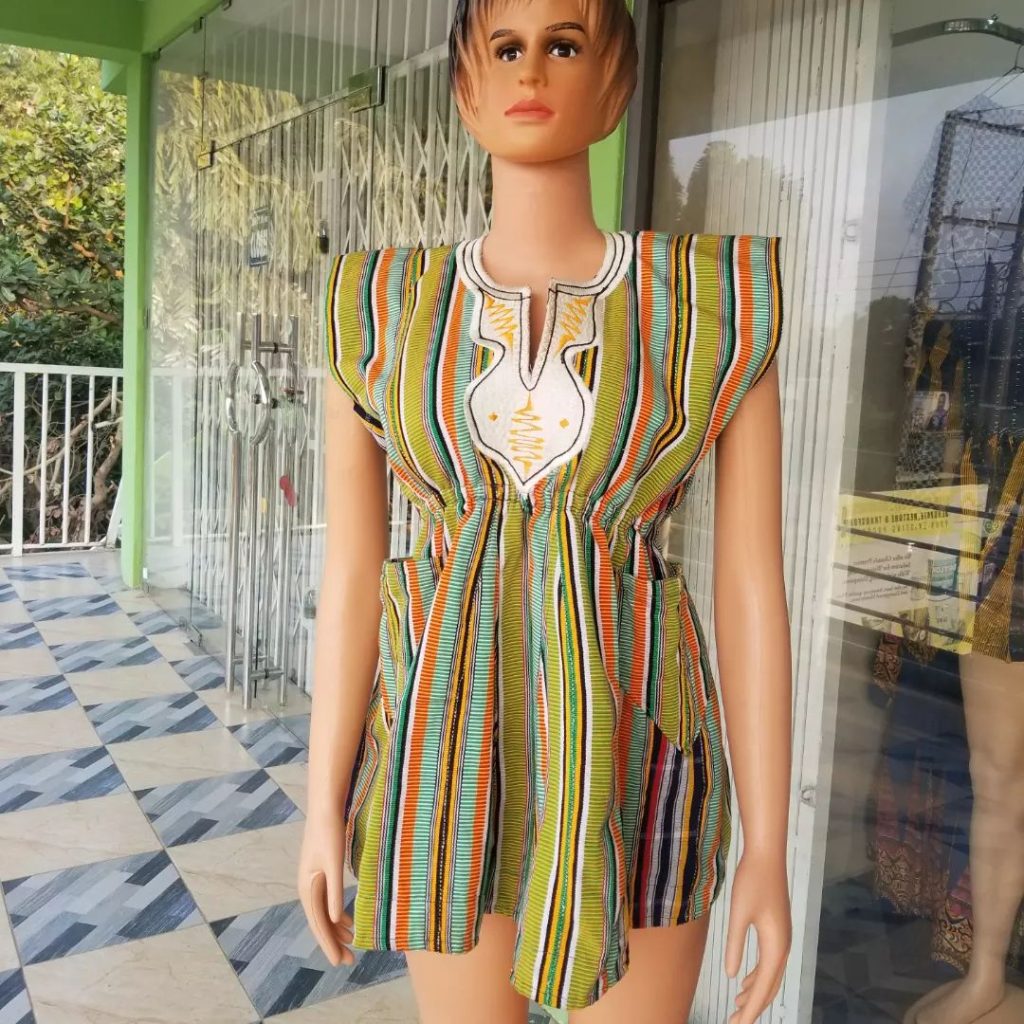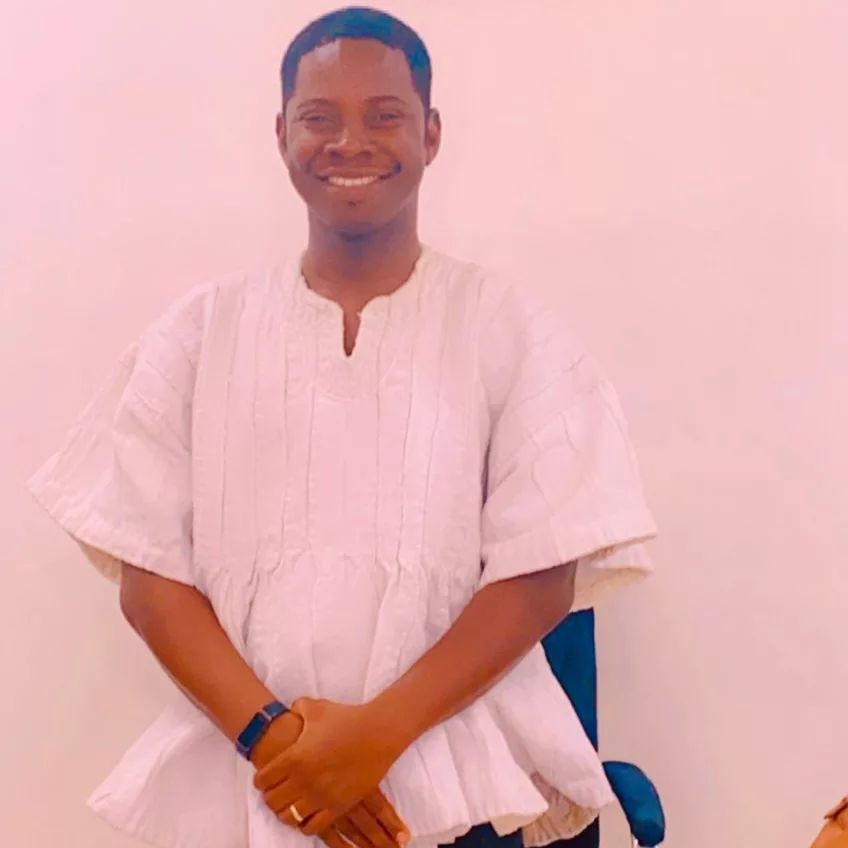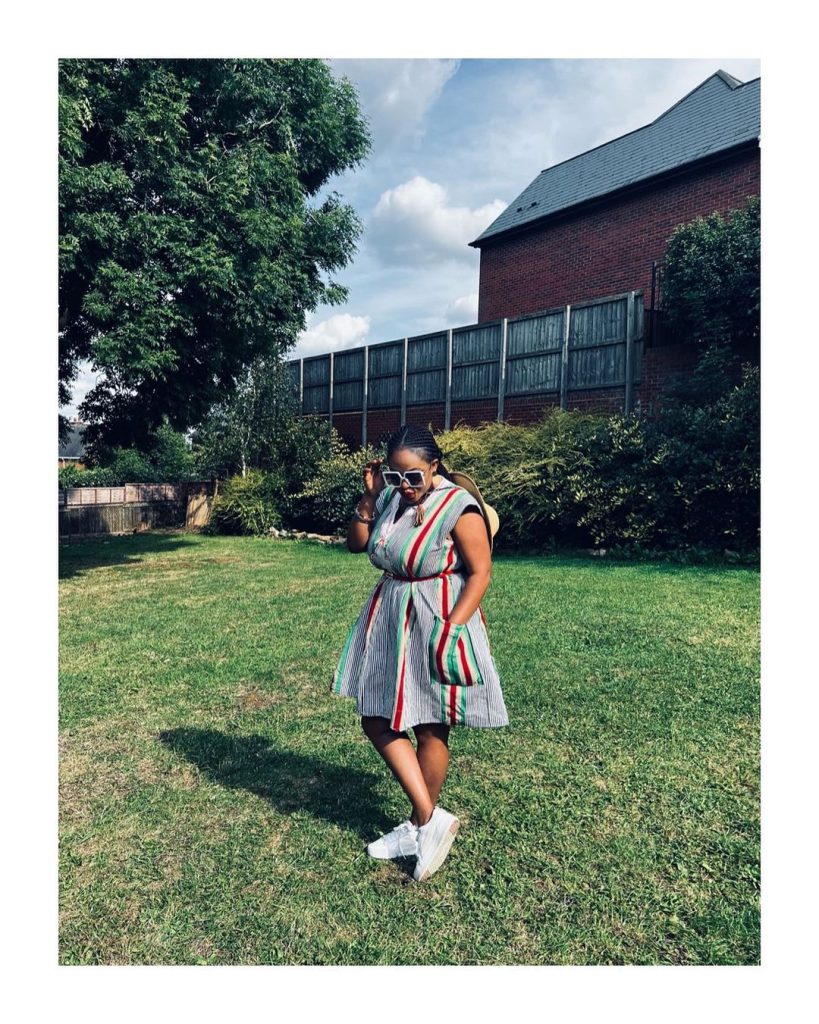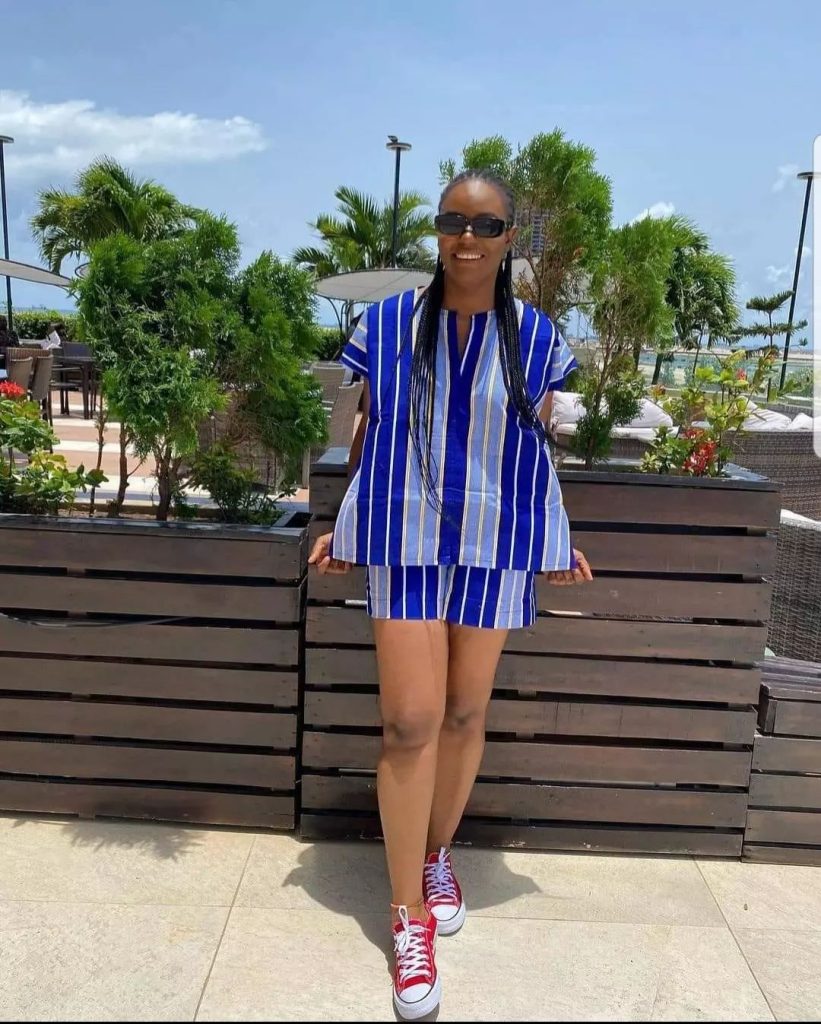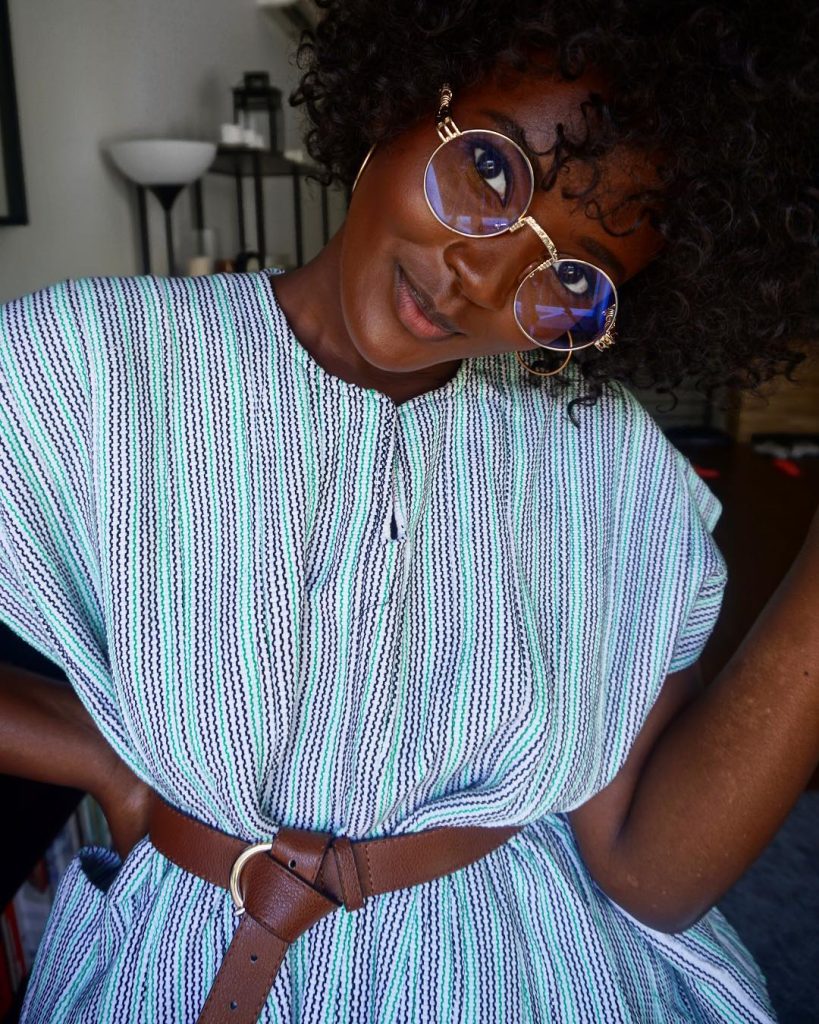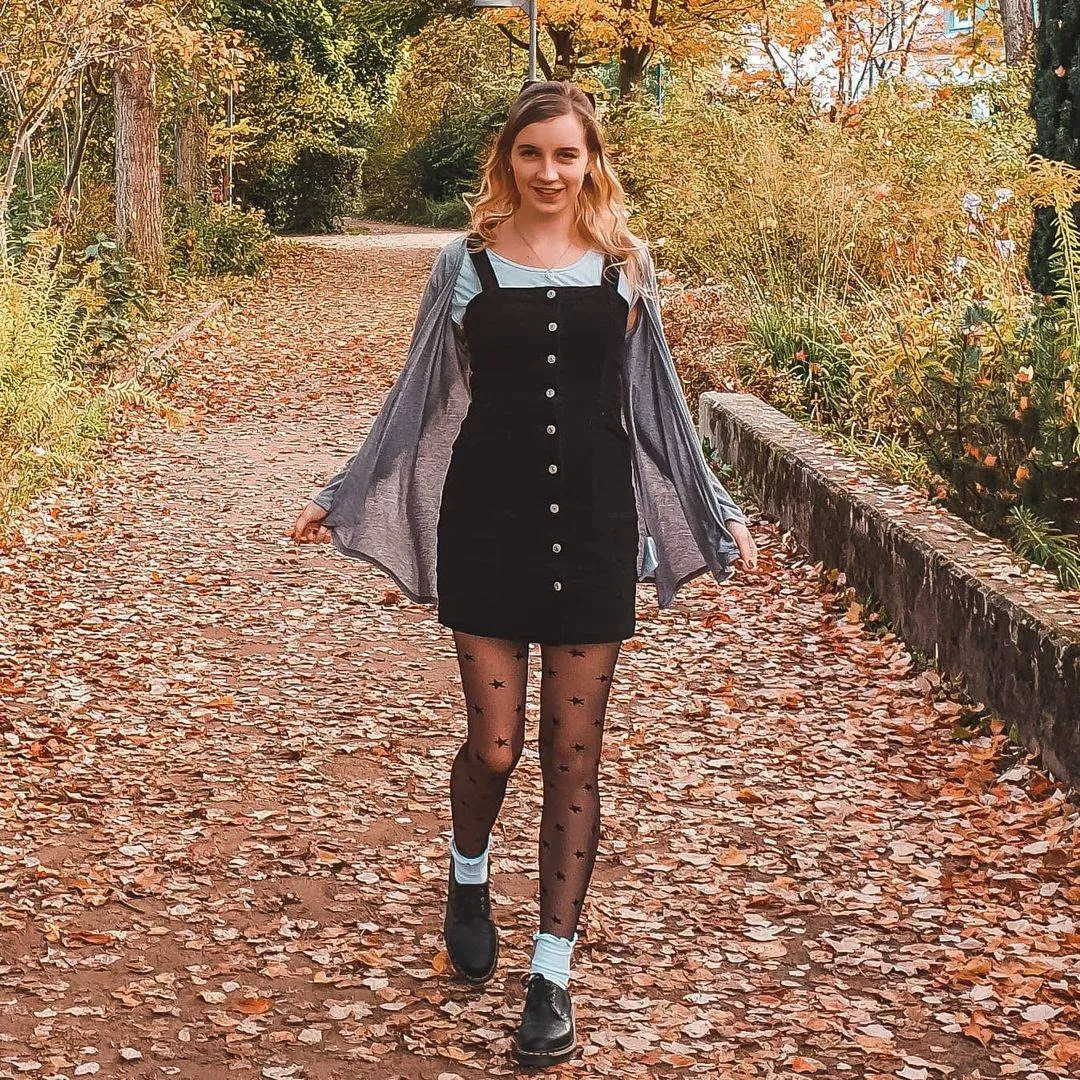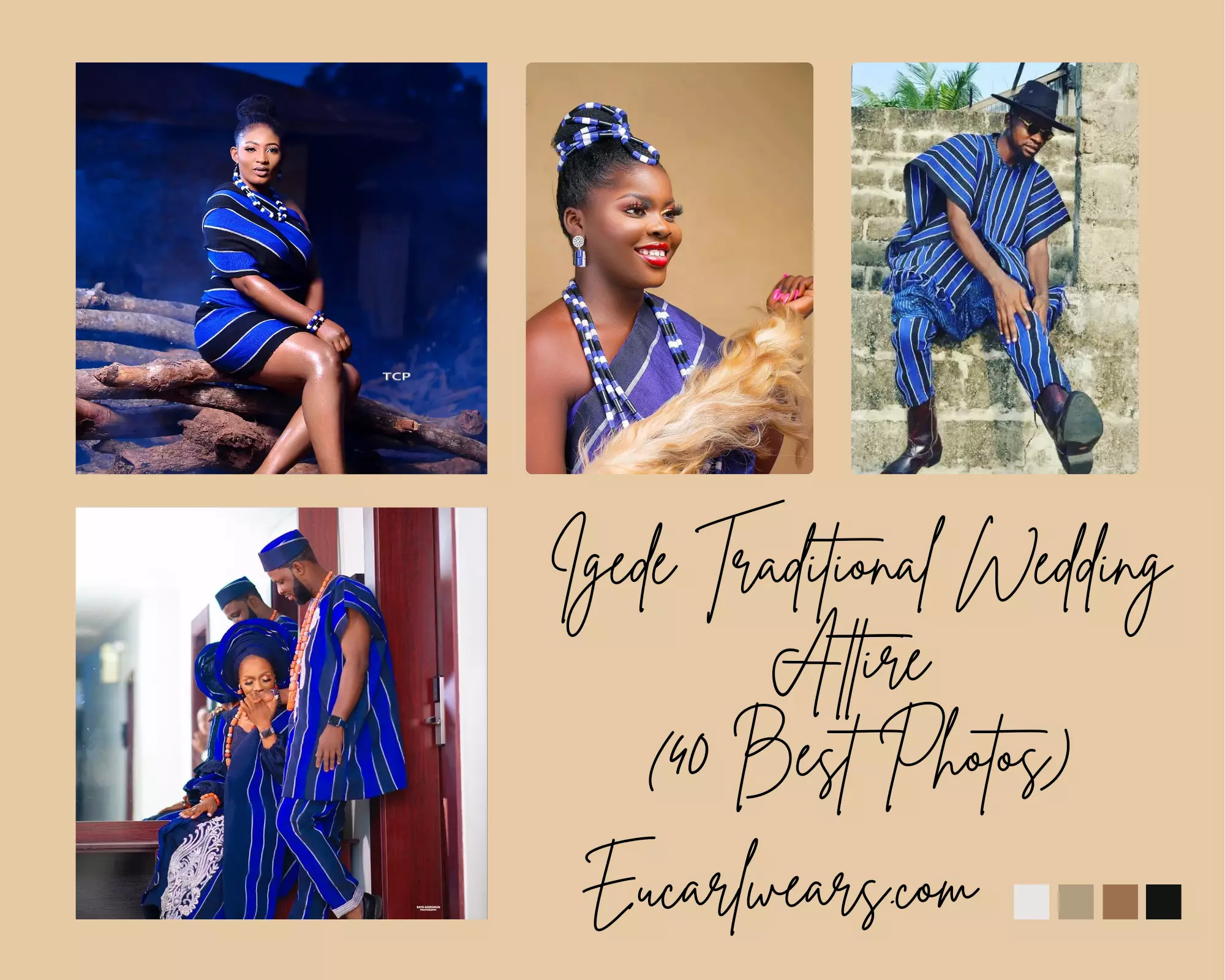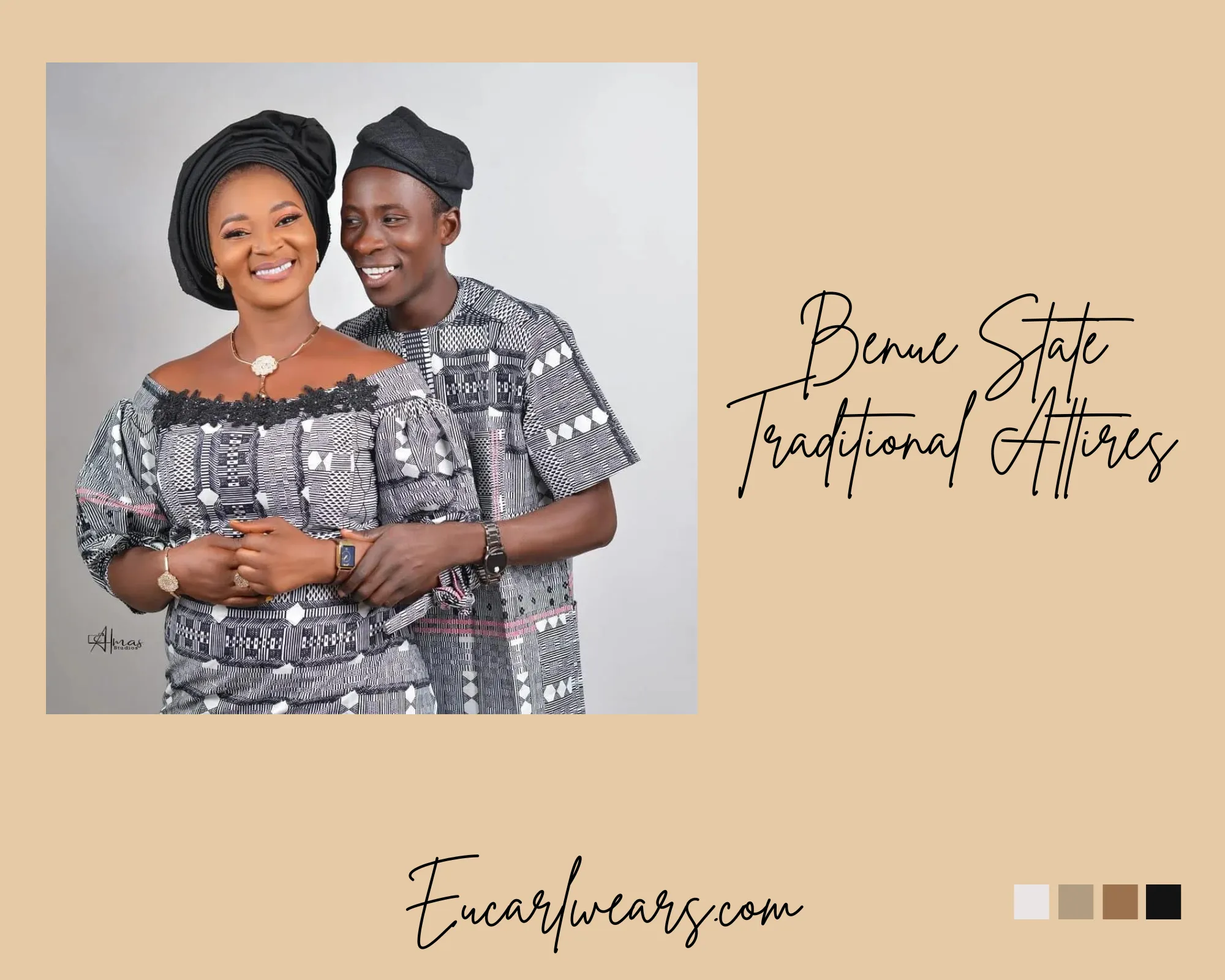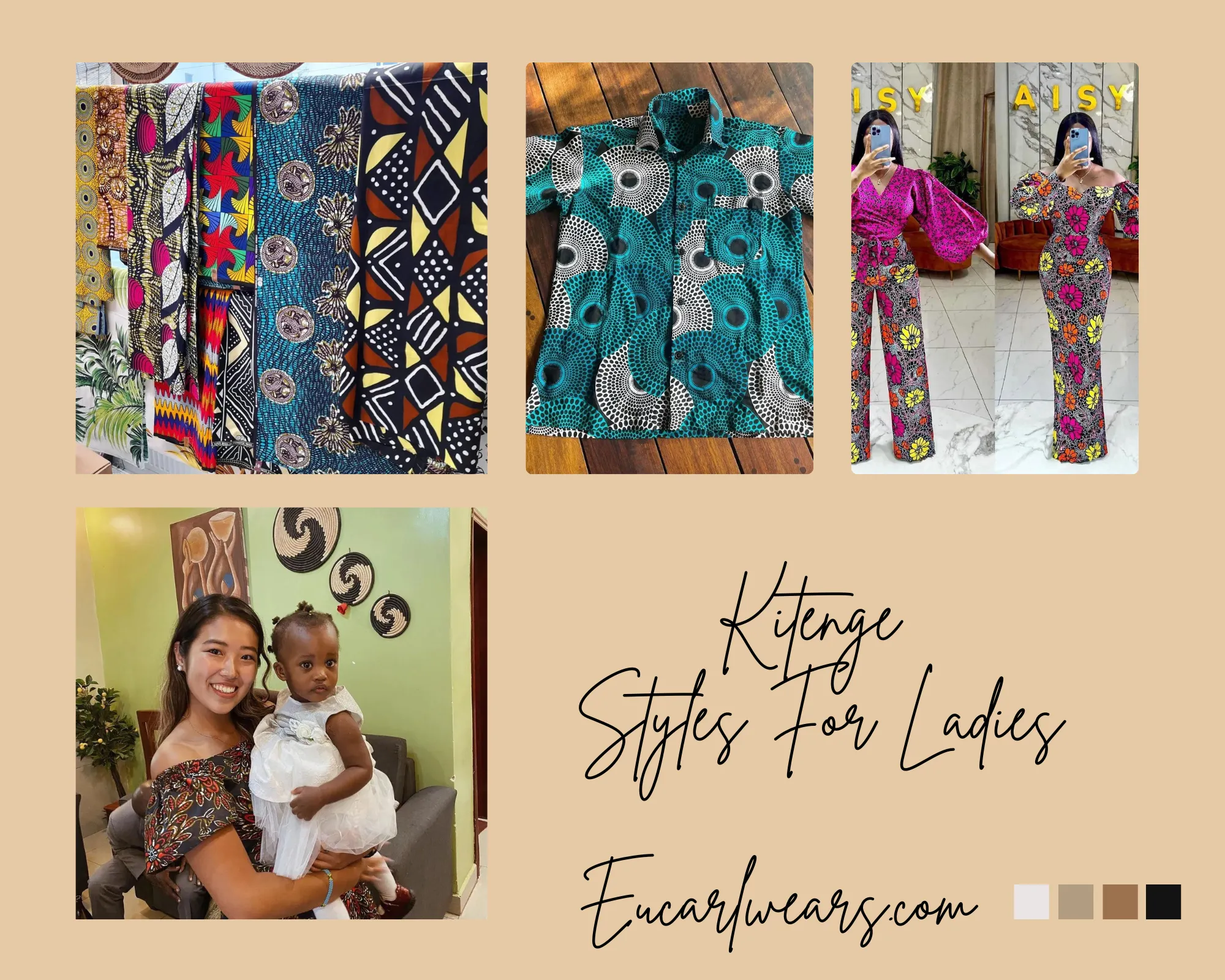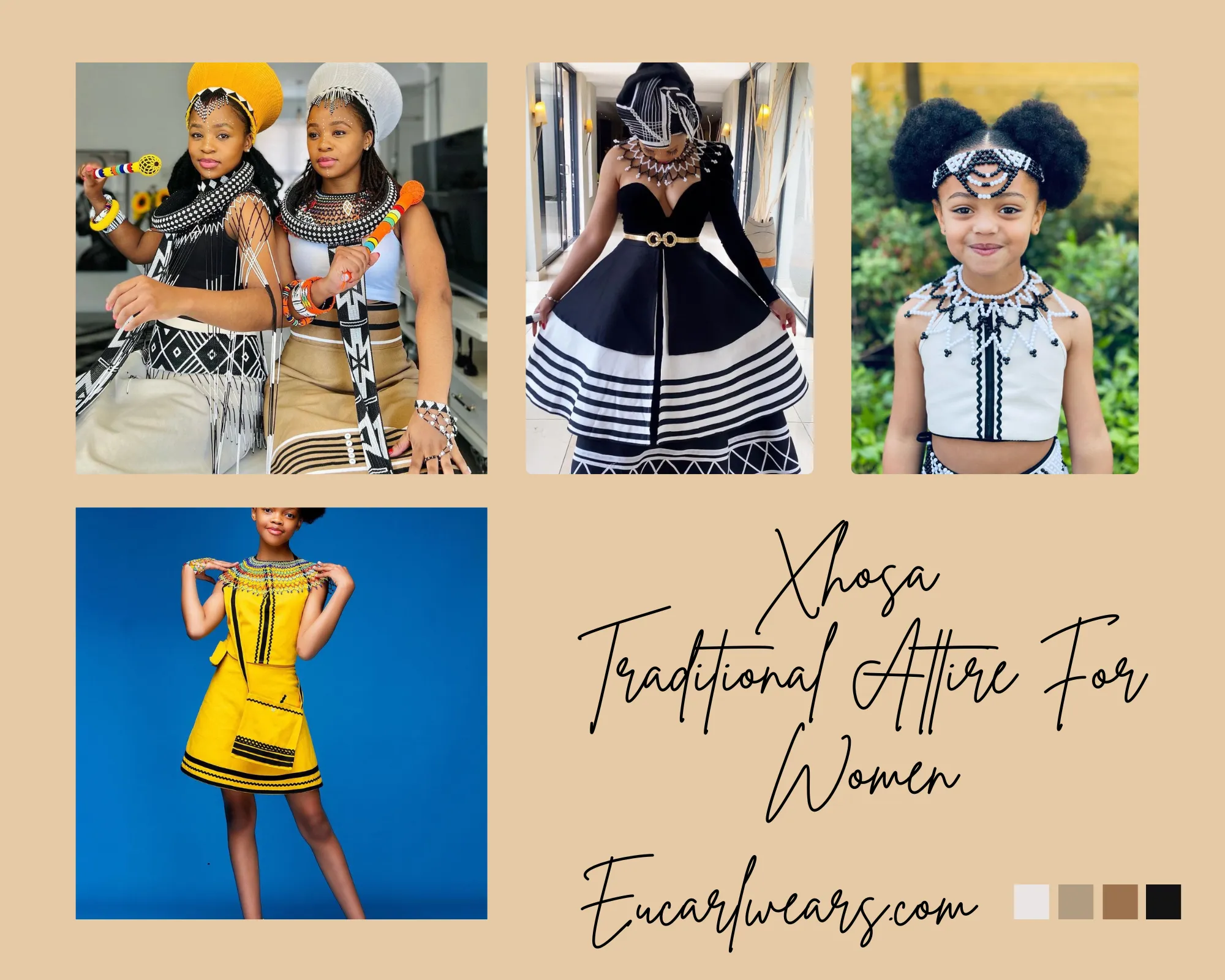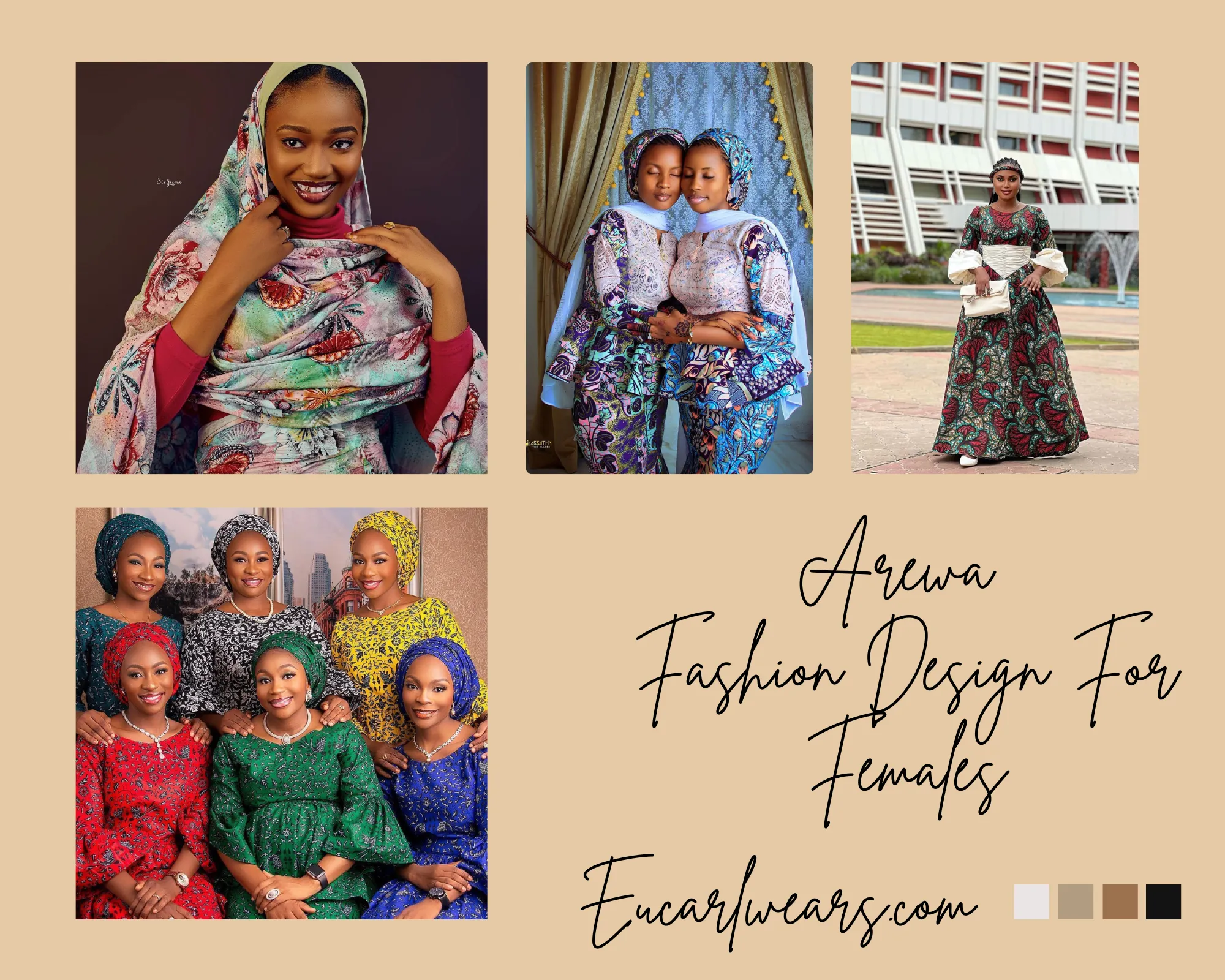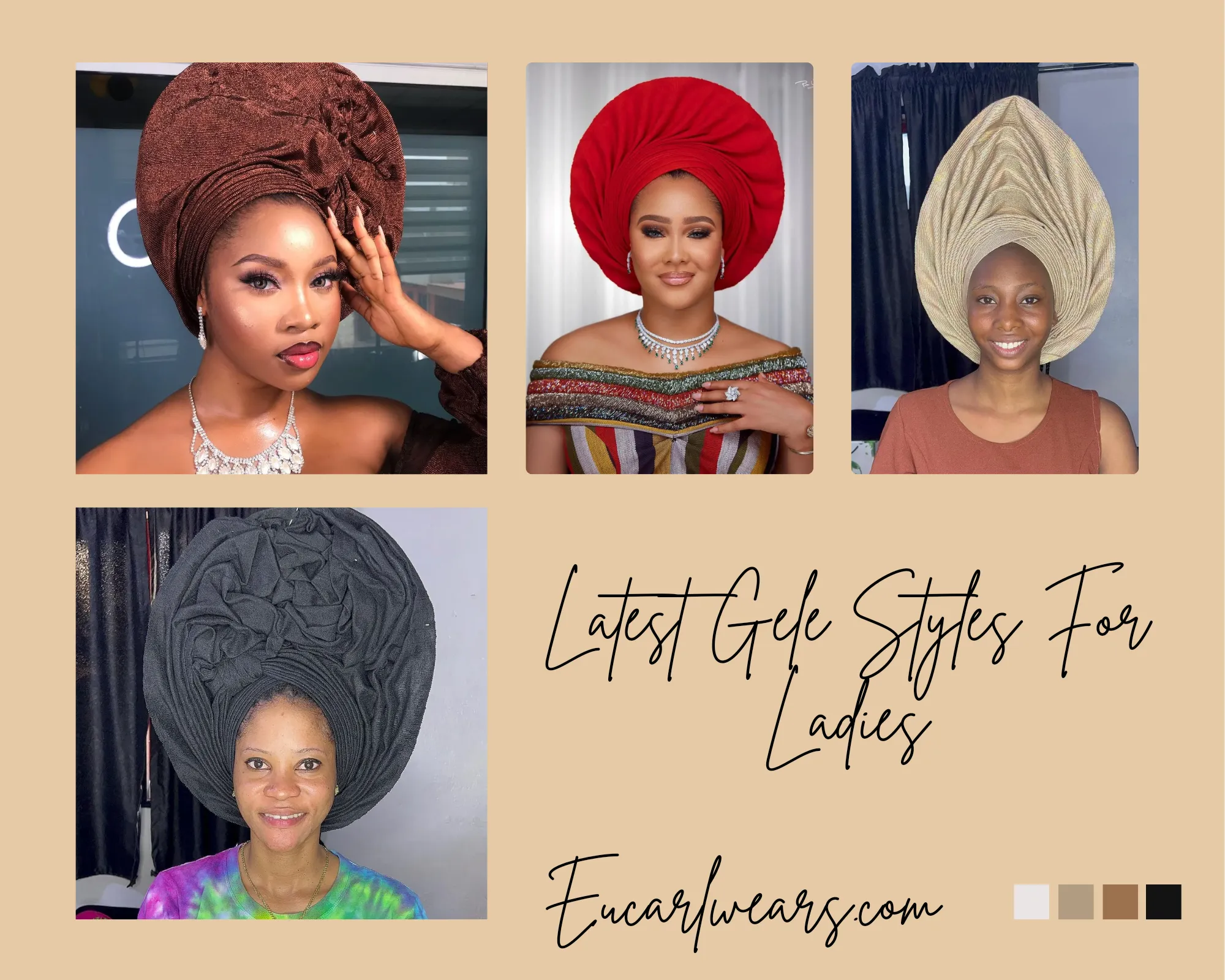African Wear
Stunning Batakari Smock Styles
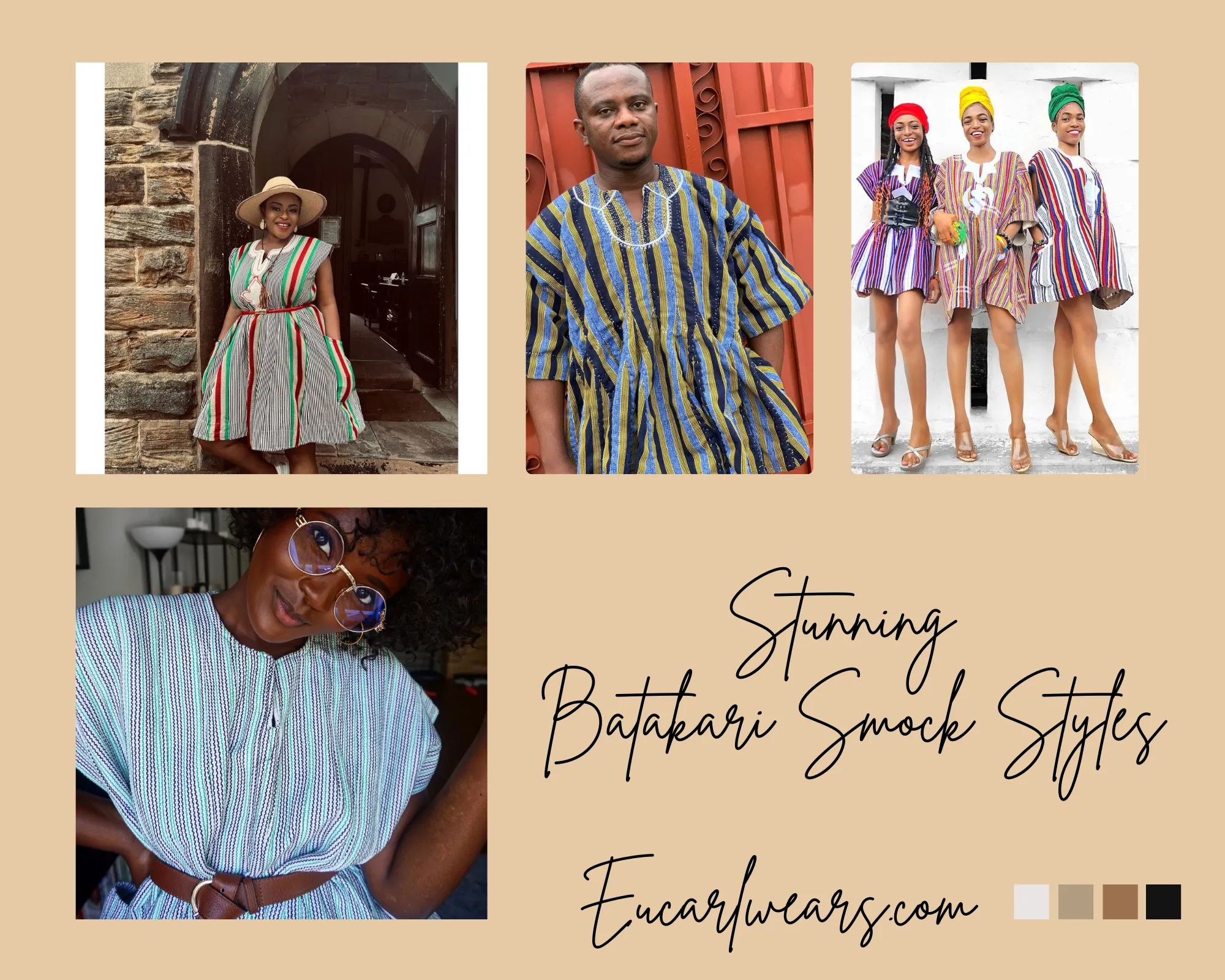
Batakari Smock Styles originated from northern Ghana and over the years, the smock has been mistaken for other similar fabrics and patterns.
Even the World Bank Group, the Ministry of Trade and Industry, and the Ministry of Tourism, Culture, and Creative Arts, make blunders by regarding fugu fabric and batakari fabric as Northern kente. So it’s not surprising that it is turning into a new normal.
Batakari Is Not Dansiki
Batakari is a hand-sewn or machine-sewn flowing gown style that can be made with all-cotton fugu into a plaid tunic-like shirt.
Dansiki styles were adapted from the design of the batakari smock styles. The difference between the two is that the dansiki is almost sleeveless and loose-fitting while the batakari is in a flared style. Also, dansiki is more suitable for the hot and dry season than the batakari.
In ancient times, traditional royalties and citizens of Northern Ghana were distinguished by the styles of their smock fabrics. The royal smocks specially made for the chiefs come with a cap and trousers in a similar smock design. Knee-length leather boots were also worn to accessorise the fit.
White is the most common colour for making smock embroidery. However, there is also a plethora of embroidery that can be made on the front, back and around the neck of the batakari smock styles, to give it a pleasant appeal.
The beauty of the smock fabric used for making the batakari styles creates opportunities for creativity in tailoring the dress.
Batakari Smock Styles- Ghana’s Cultural Wear
Ex-President of Ghana, Jerry John Rawlings and John Mahama are two Ghanaian men who popularised the batakari wear in the country.
The Ministry of Trade and Industry and the Savanna Accelerated Development Authority also marked the first Friday of every month “Batakari Day”, to reenact the importance of Ghana’s cultural wear among the people.
Batakari Is Not Fugu Nor Kente
What people regard as the batakari fabric is the fugu fabric. It is a smock made up of stripes in different colours and thicknesses, used for fashioning different styles. Kente is not also fugu because the patterns and style of weaving both fabrics tend to differ. Also, kente is more expensive than fugu material.
Kente may also be handwoven or patterned with a loom and made up of many vibrant colours and made. The beautiful patterns and shapes on the Kente fabric are often weaved in strips and then sewed together into beautiful garments.
The common colour combinations for the fugu smock are black and white only; deep or light black and white; red, blue and white; green and white; and green and red, among others.
Though both fabrics are unique in their different forms and can be used to create batakari smock styles, fugu remains the original smock for making batakari.
The Batakari Smock Styles: Pictures
